Hachijōjima – Aogashima: 9 PAX per day and per direction
No, you are not dreaming: this is indeed a Sikorsky S76C as a title picture for this FR, and yes, it does meet the guidelines of this website which mandate that it should be representative of the flight experience! And yes, it is really a scheduled flight that anybody can board, not a scenic flight nor a private flight like those serving off-shore oil rigs…
After the first report on HAC in the preceding segment, this report is a triple first on Flight Report:
- first FR on Toho Air Service
- first FR to Aogashima
- first FR on a helicopter flight
(Thanks to the moderators who introduced them in the data base, with dummy IATA codes since there is none, as is often the case for helipads and the airlines using them.)
I’ll admit it immediately: as soon as my new friend from Hachijōjima invited us to visit him, I searched the internet to find out what was to be seen there and as soon as I discovered the existence of this isolated volcanic pebble at the southern end of the Izu archipelago and served by ONE daily helicopter flight, I had only one idea in mind: going there.
I’ll admit it immediately too: my wife was less than enthusiastic about riding in a machine which appears to be made of moving parts only, either rotating or vibrating, but she knew better than trying to negotiate with me on such a matter.
I owe a lot to my Japanese friend who suggested to go there together and handle all bookings when I wrote that I wanted to visit Aogashima. There are nine seats only per day, the helicopter is nearly always fully booked, and bookings open every day except Sunday at D-30 by phone at 9 am local time (which means 1 am Paris winter time) : he clearly at once simplified tremendously the preparation of this trip. I sent him the scan of our passports, the transcription in katakana of our names, and I was overjoyed to receive this picture D-29. The first thing I gave him when we arrived was of course to give him an envelope containing 4 x 11,530 JPY for our two round trips. (He paid less than that because the locals have a 40% rebate upon provision of a proof of residence.)
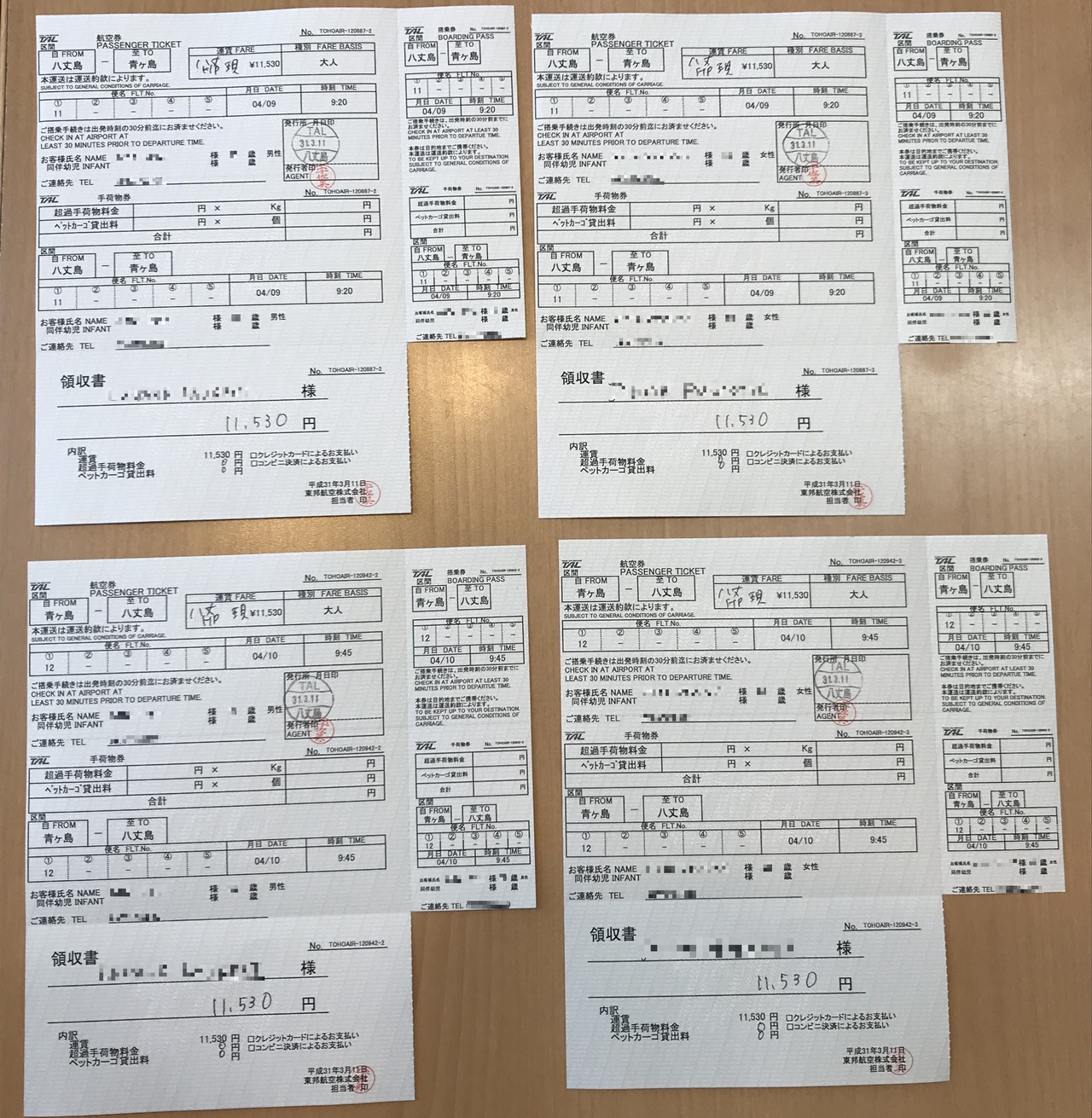
Now the secret is out: this is the entire routing of this trip which was basically Paris – Aogashima round trip, with three distinct round trip tickets. I evidently never considered looking for a travel agent which might sell me a Paris-Aogashima ticket on a single PNR!)
Flight routing
- 1
- 2
- 3TAL11 - Economy - Hachijojima → Aogashima - Sikorky S76C
- 4
- 5
- 6
Hachijojima, landside
On D day, which I had selected two days after our arrival in HAC in order to have some margin in case of missed or delayed flight on CDG-HND + HND-HAC, good news : I would not call it a great weather, but it’s not raining. Due to its location, Hachijōjima receives 3,000 mm of rain per year (vs. 600 mm in London and less than 1,000 mm in Seattle): I chose to go there in April simply because it is the least wet month in the year. We can even see the top of Hachijōjima’s Mount Fuji (this is its official name !), which has not been the case every day when we were there.
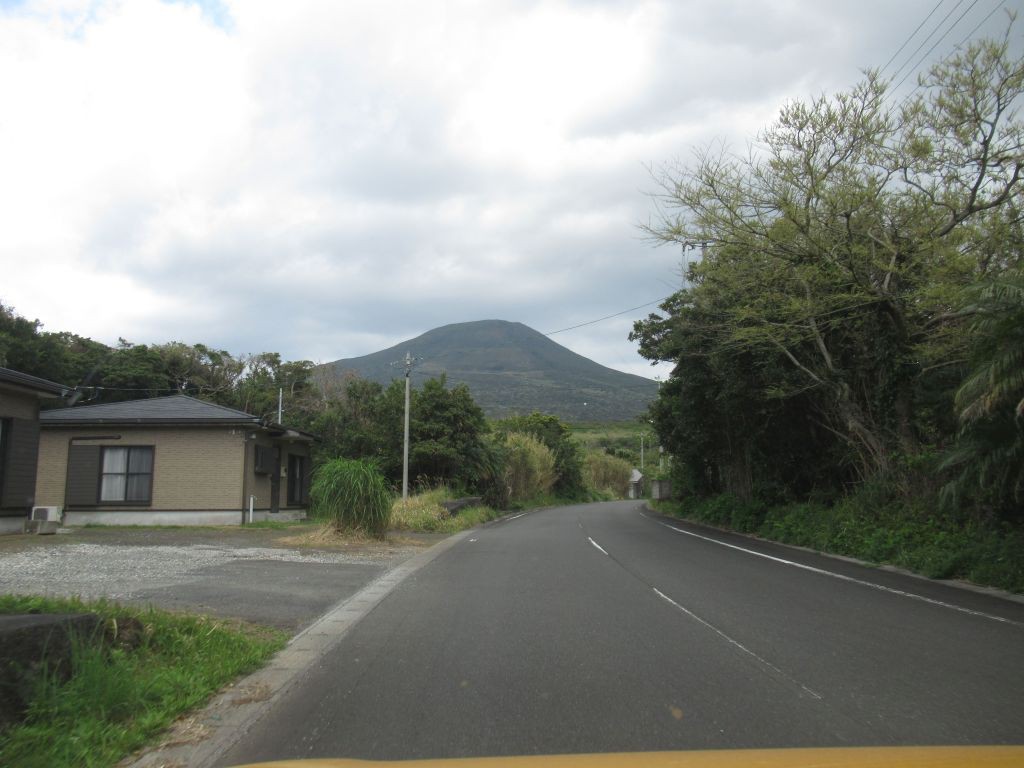
Driving through a tunnel under HAC’s runway
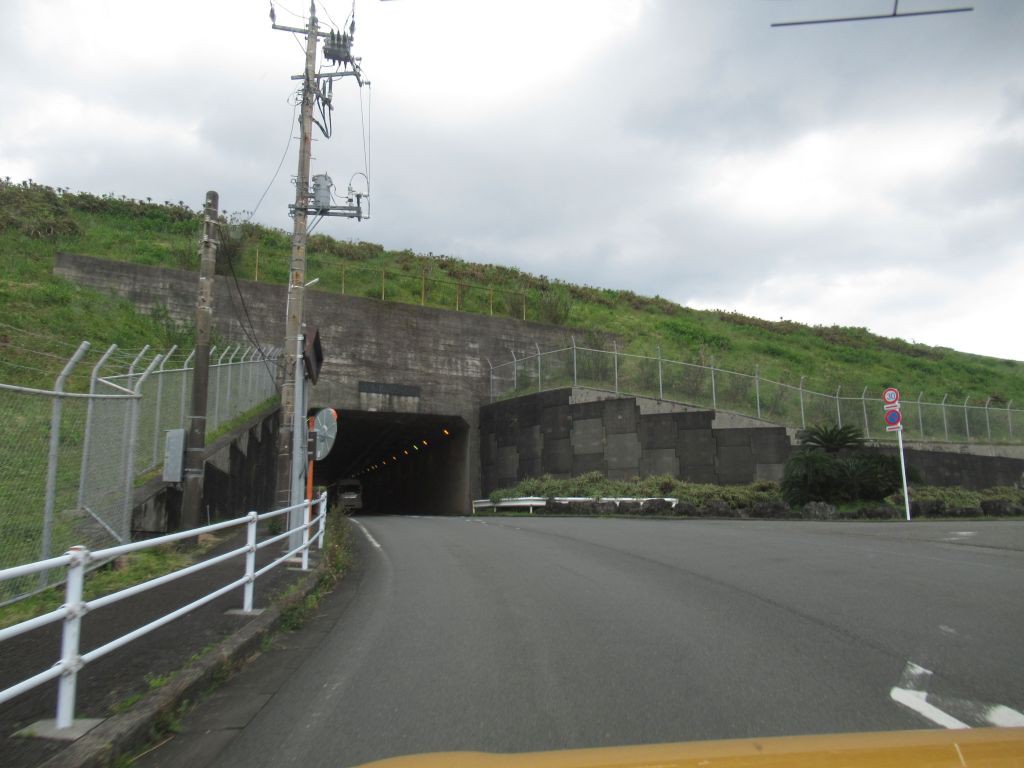
And reaching HAC’s parking lot which is for free ; there is actually no charge for parking anywhere on the island.
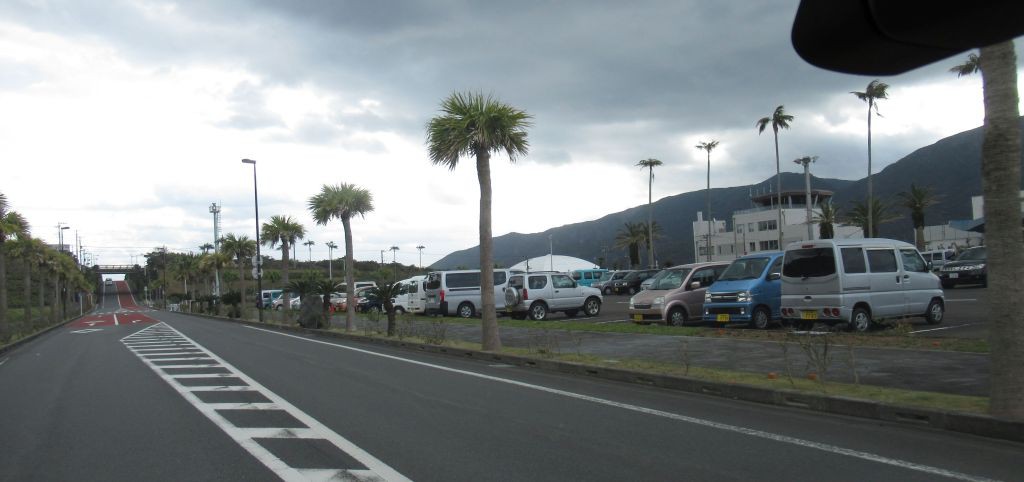
You see nearly all the infrastructures in HAC : the kiss and drive stopping lanes (without any picky limitations), a decorative sculpture and behind the control tower and the terminal.
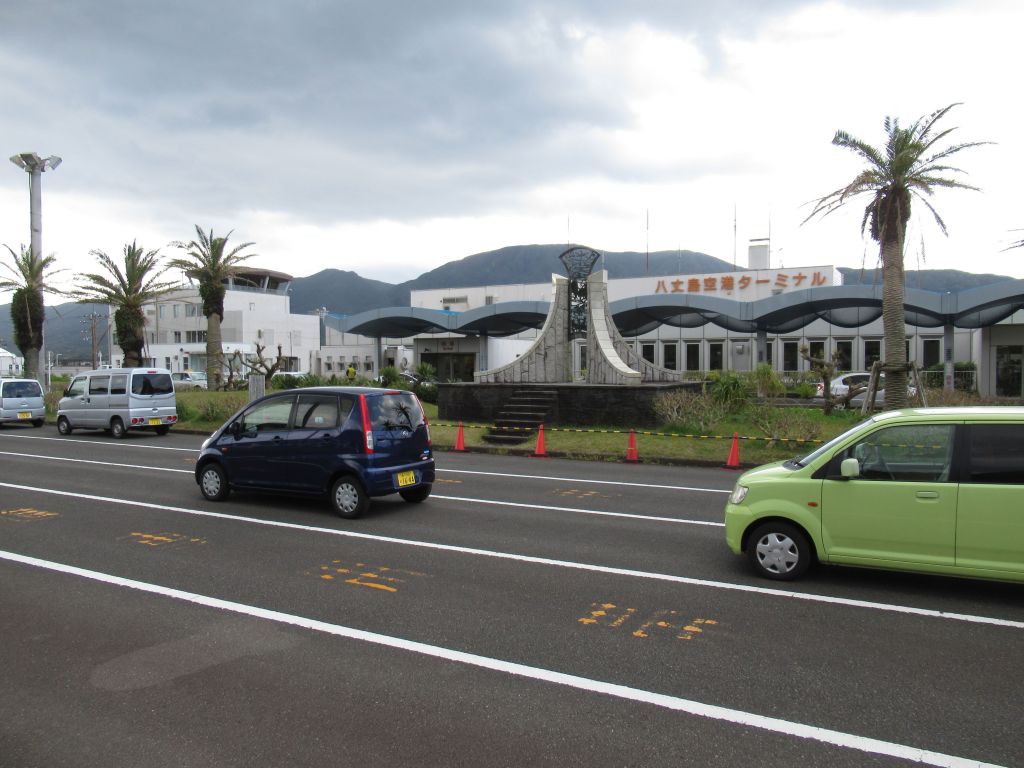
The parking lot and the local Mt Fuji, looking back
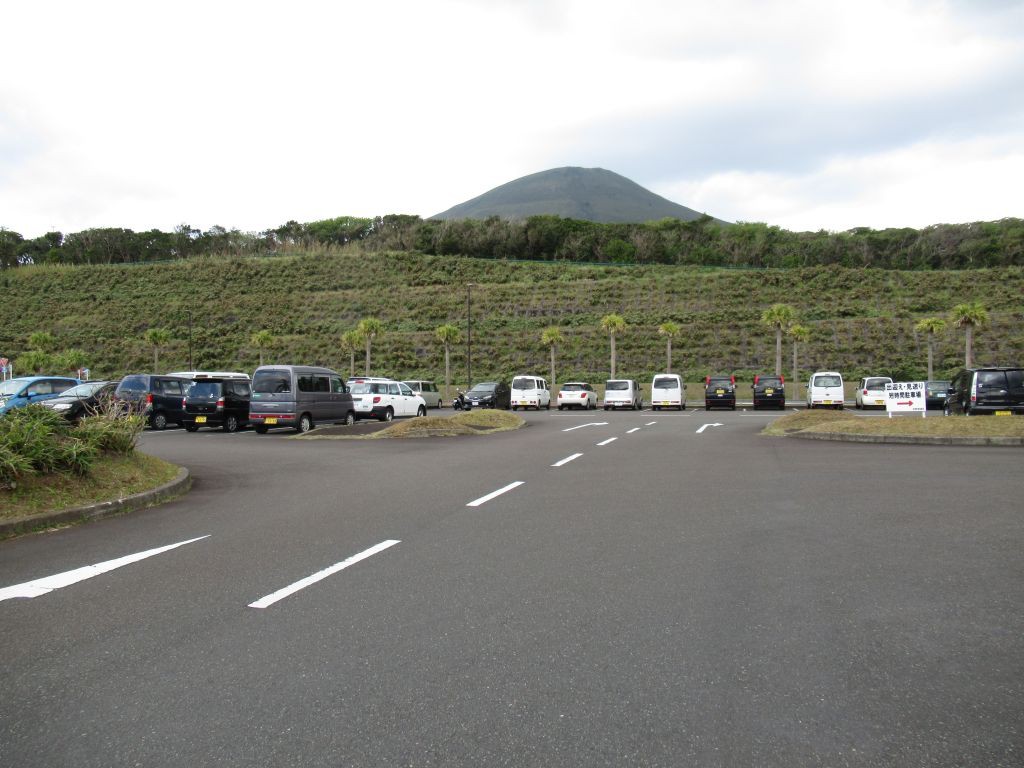
Toho Air Service’s counter is minimal, but it only processes 18 passengers per day here : 9 to Aogashima and 9 to Mikurajima, the preceding island in the archipelago.
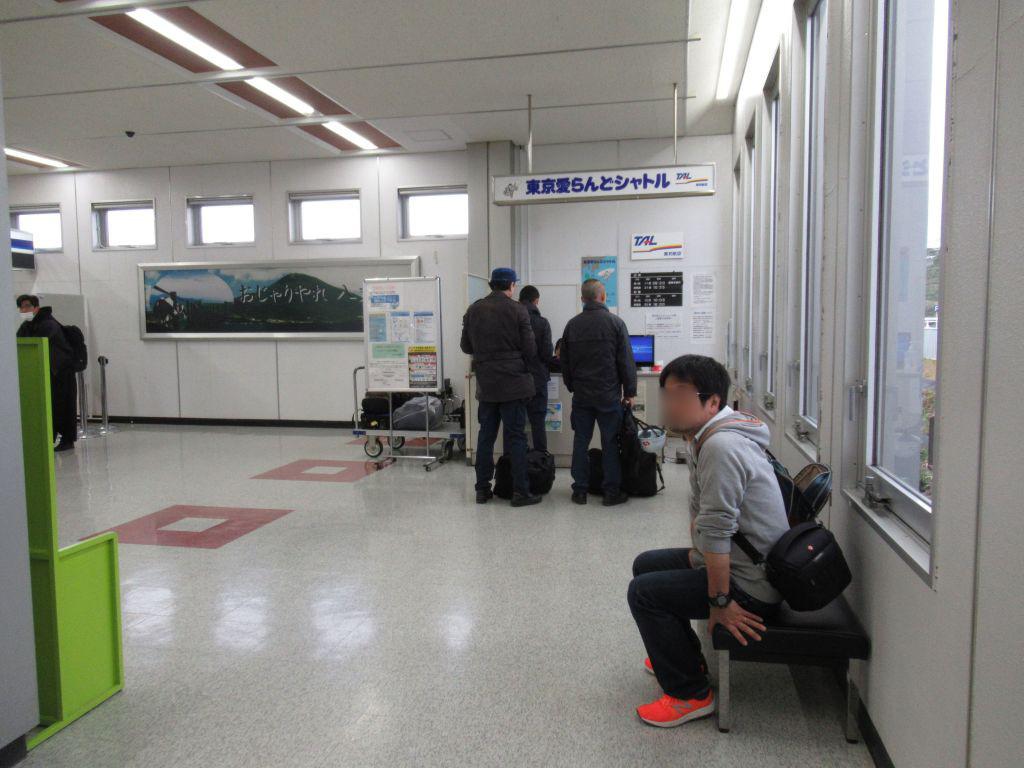
Note that ANA’s counter which processes three A320s per day, far from being fully loaded every day, is not oversized either
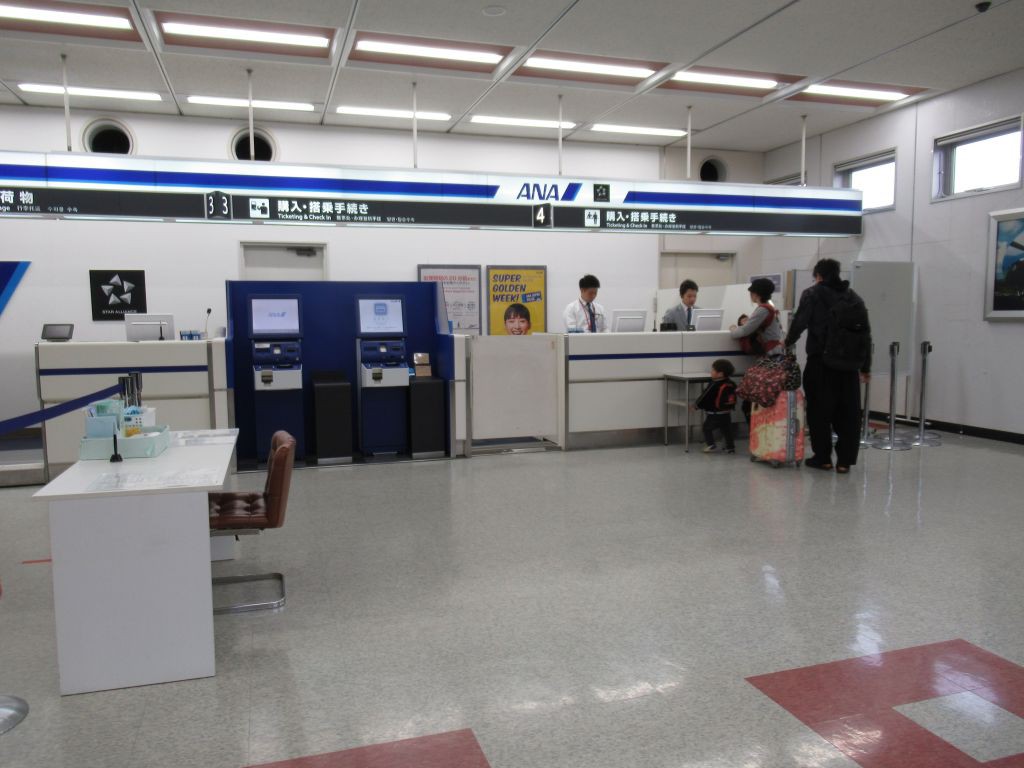
TAL’s schedule is simple : a helicopter leaves HAC at 9:20, comes back at 10:05, then leaves at 10:25 to Mikurajima and continues from island to island, then back from Mikurajima at 16:00. TAL has two Sikorsky 76C (and other smaller helicopters for charter), which makes it possible to maintain them without stopping the line.
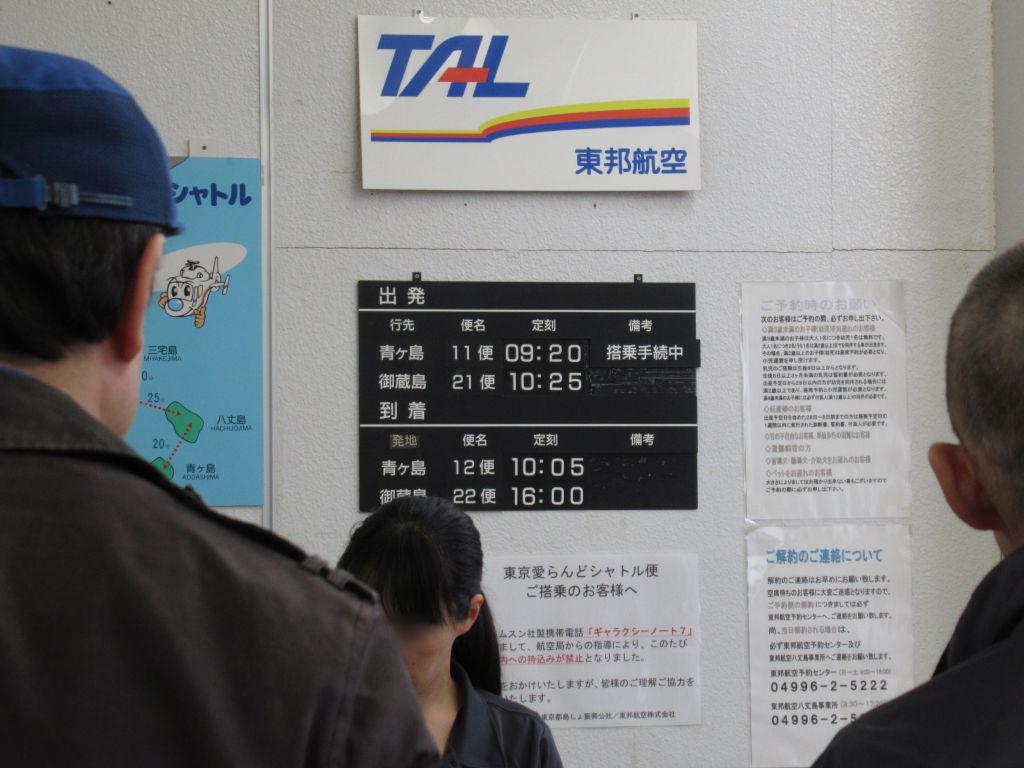
Both sides of a safety card are posted at the counter, but there is one on board too.
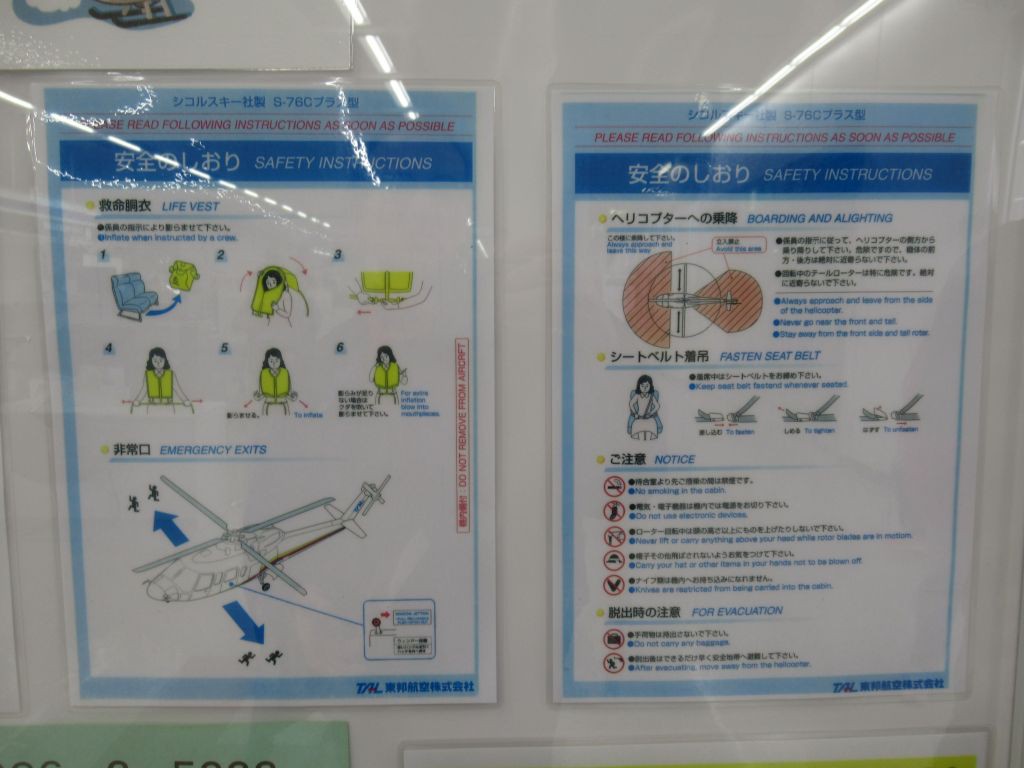
There is also this not which prohibits the use of electronic device (including explicitly digital still and video cameras) during take-off, climbing, descent and landing, once the door is closed. It’s in Japanese only, a measure of the number of foreign passengers (once a month, I was told on the island), but I cannot pretend I cannot read and understand it.
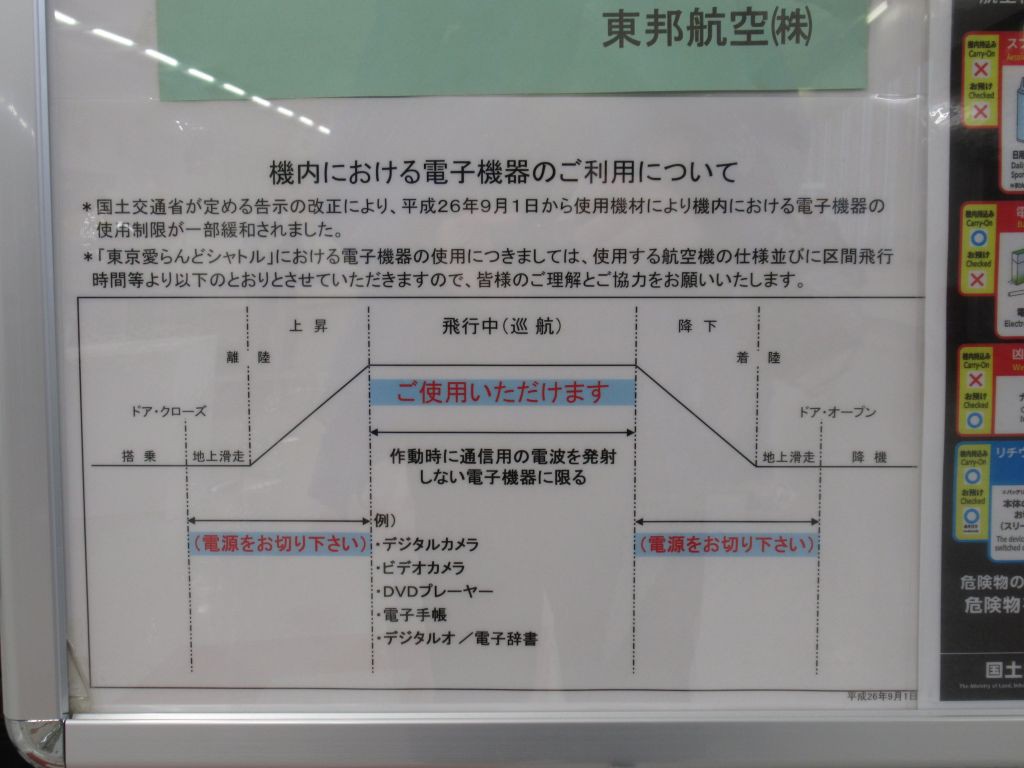
TAL’s commercial name of its service overhead : : Tokyo Island Shuttle, written phonetically « Tokyo Airando Shatoru ». The English words are in syllabic hiragana and katakana, except the first syllable (Ai) which uses the ideogram 愛 (love) : a typically Japanese kawaii pun.
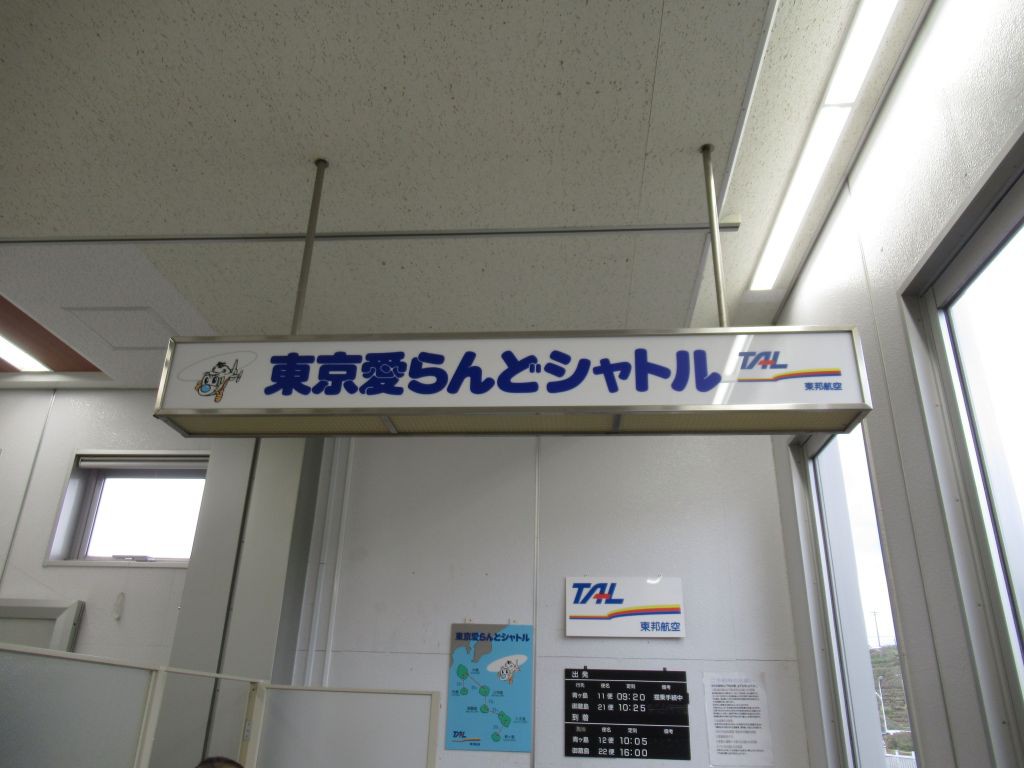
The scale of the luggage next to the counter has no need to be large. I did not hide the face on the screen : it the safety demonstration for the passengers, because there are of course neither IFE screens nor flight attendants on board.
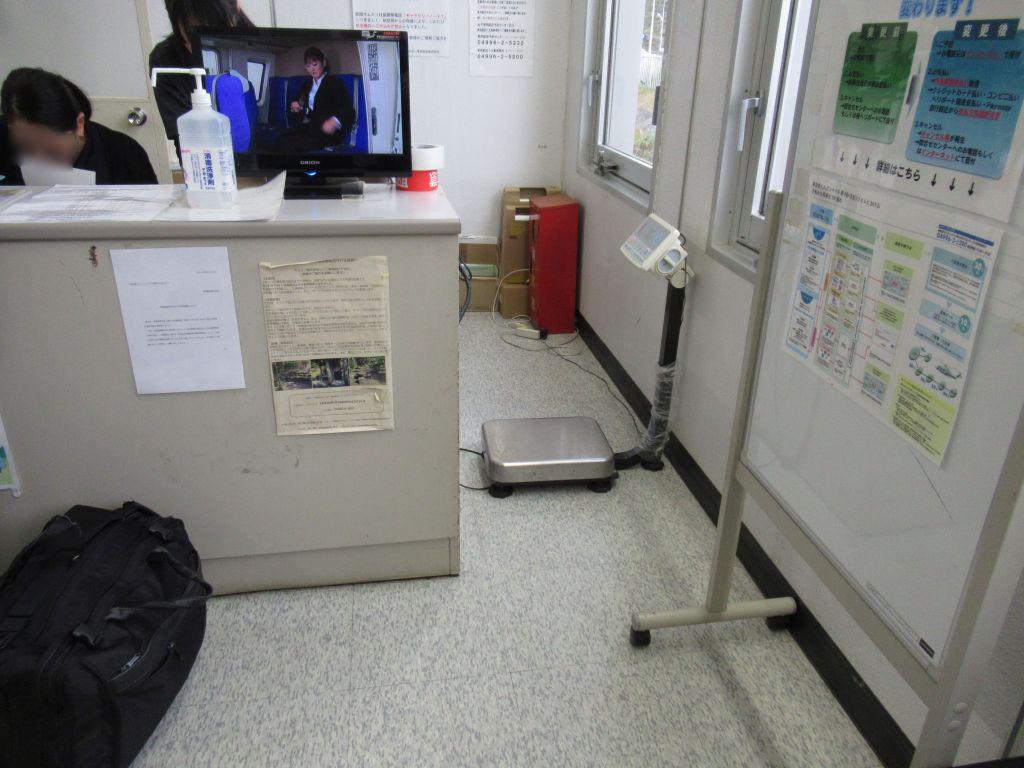
The luggage allowance is 5 kg, and the maximum size is limited too:
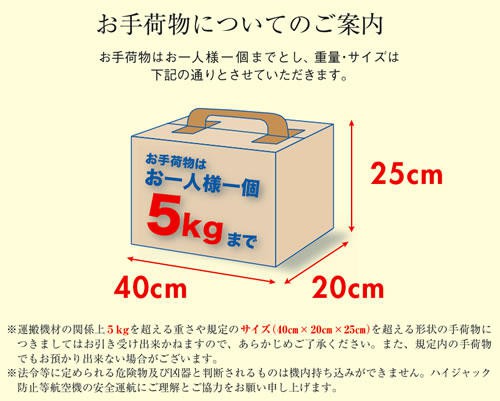
No problem for us : our combined hand luggage barely reaches 5 kg. My wife’s red daypack is going to be checked in, not my black one because it contains my laptop. It’s not over though: the check-in staff also asks how much we weigh! I do not know if there was a limit, but we apparently did not endanger the aircraft’s mass balance.

And then ? Wait on the seats in front of the TV !

Local food
But better have a look at the landside shop which apart from standard sweets and other items displays a wide range of local products

Let’s start with dried flying fish (and cut in two to separate the fillets). This is indeed the flying fish season, until mid-May, at night with fishing lights.

Unavoidable in Hachijōjima which is its main producer ashitaba 明日葉, literally "tomorrow’s grass" because it is said to grow overnight if it sufficiently warm and humid. It is endemic and found everywhere in the wild on this island.

There are all kinds of produces with ashitaba, such as noodles
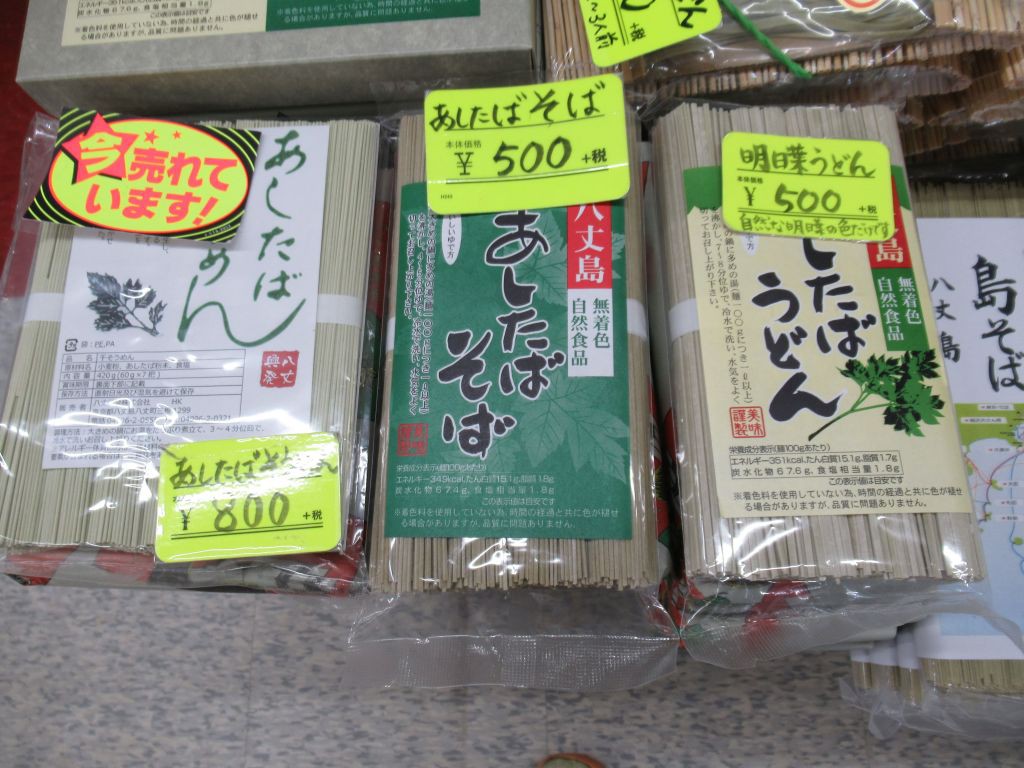
… or ashitaba tea. Quite frankly, ashitaba does not have a very distinct taste, but I do not want to quarrel about this with Hachijōjima’s inhabitants, and especially one of them.

More unexpected : yoghurt, because Hachijōjima has a meat and dairy farm on the slopes of its Mount Fuji.

It is a minor but real attraction for the Japanese who nearly never have a chance to see cows in pastures due to the lack of space.
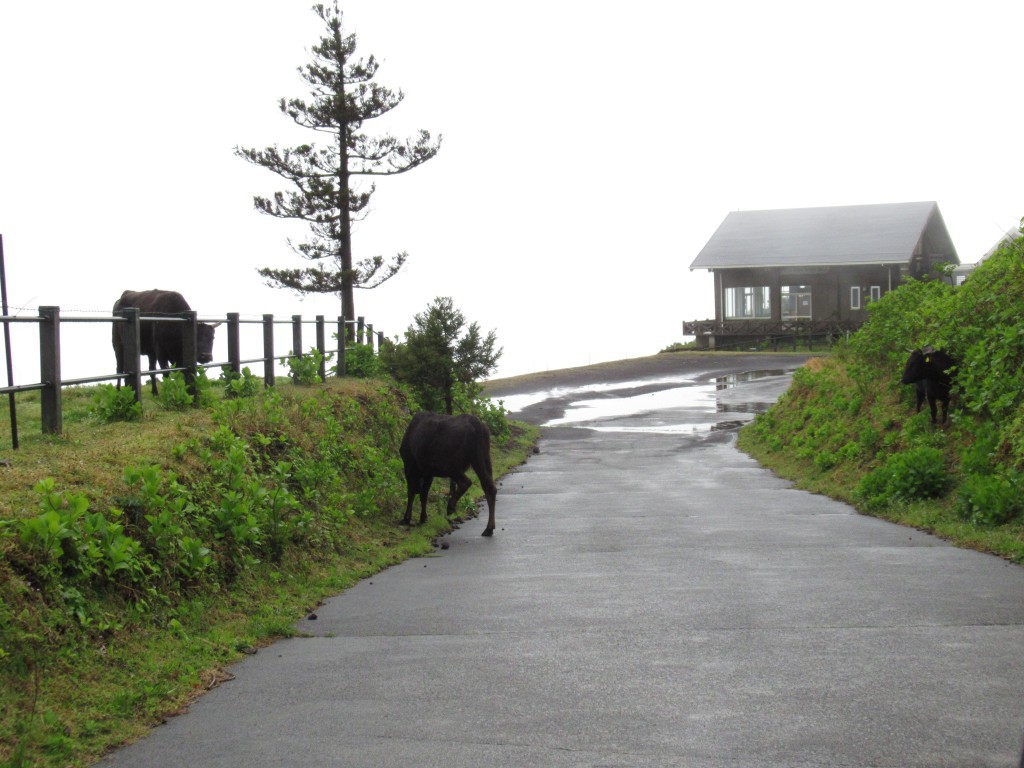
It is impossible to not find dried seaweed in a coastal area : this is possibly second only to rice among the ingredients of Japanese food, so there is of course a local production in Hachijōjima .
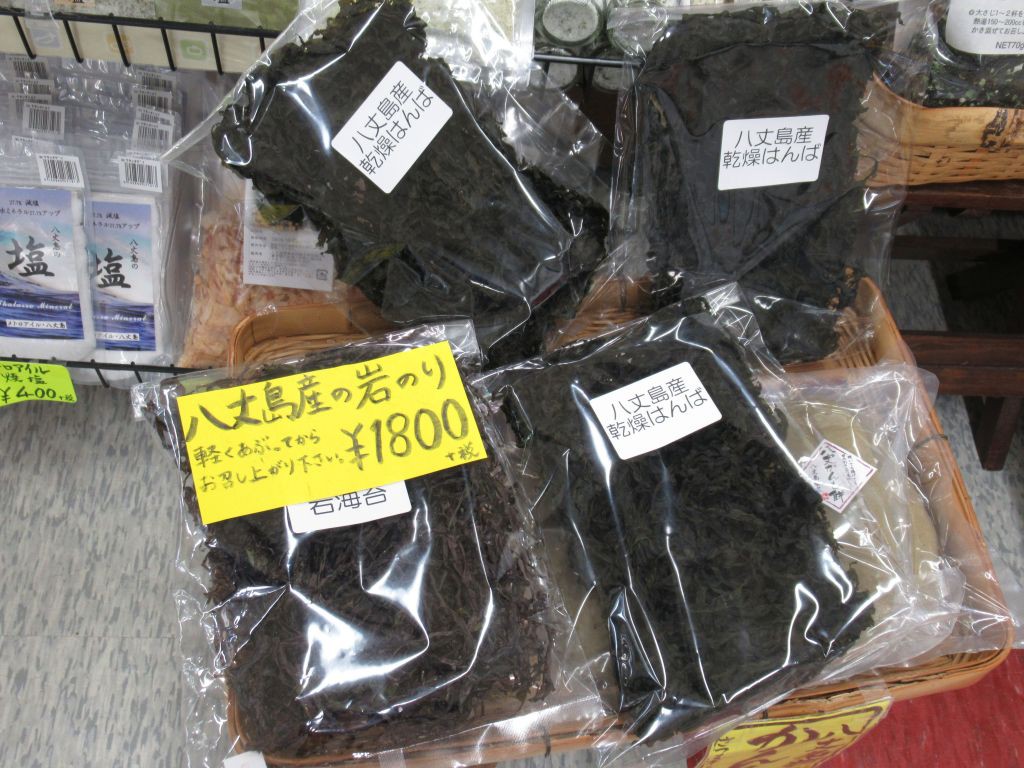
Hachijōjima’s subtropical climate makes it easy to have oranges and lemons like these

There is even an unexpected produce from Aogashima: plain salt !
Aogashima’s geography precludes any chance of having salt ponds (you will understand later why) : it is produced using geothermal power, which is available in Hachijōjima as well
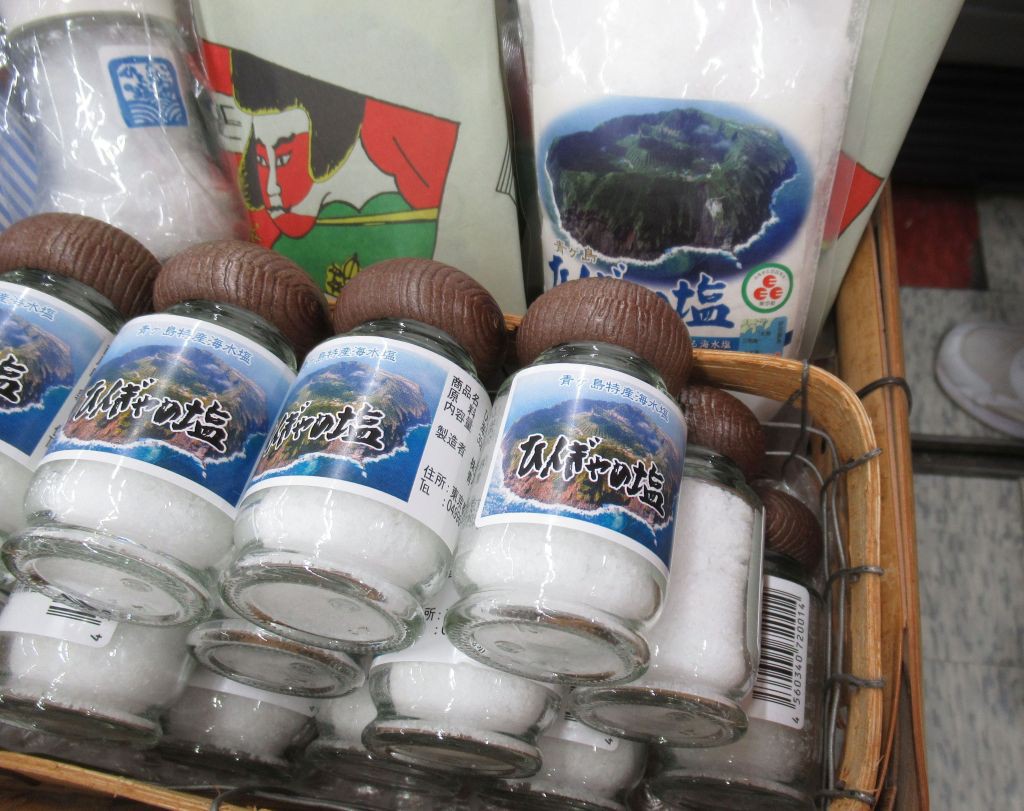
After this very partial review of the local delicacies, it is time to go airside via this security check, left of ANA’s check-in and sales counter (it is difficult to get lost in this terminal but – spoiler – it is gigantic compared to that of Aogashima).
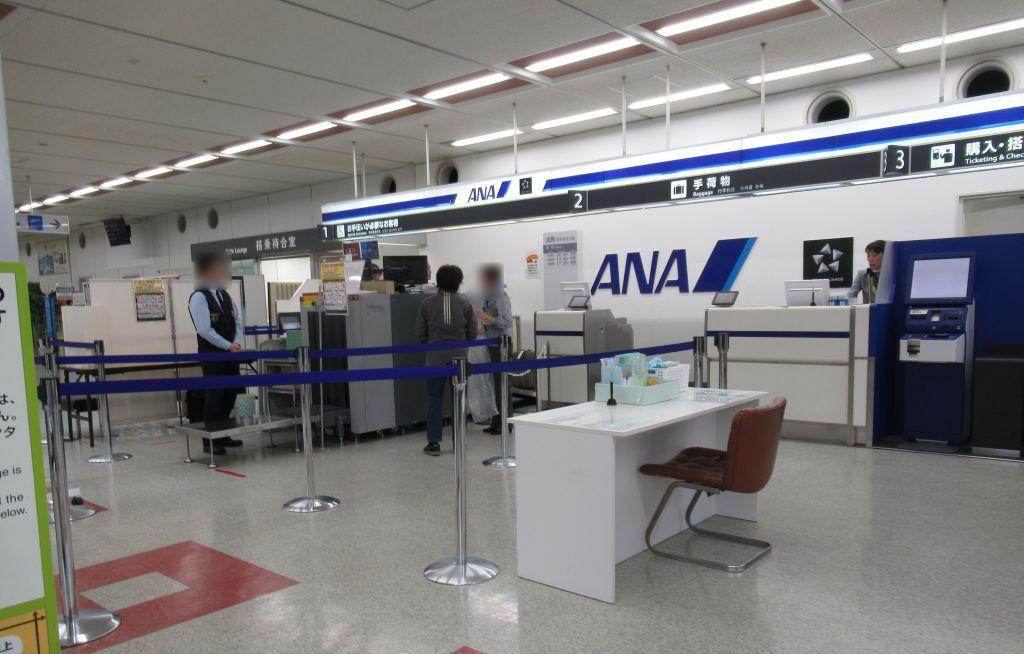
Airside
There is a small airside shop for travelers who have last minute needs.

The waiting room is very plane spotter friendly, with all seats facing wide windows overlooking the apron and the runway behind it, but plane spotting is scarce when there is only one plane movement at a time.
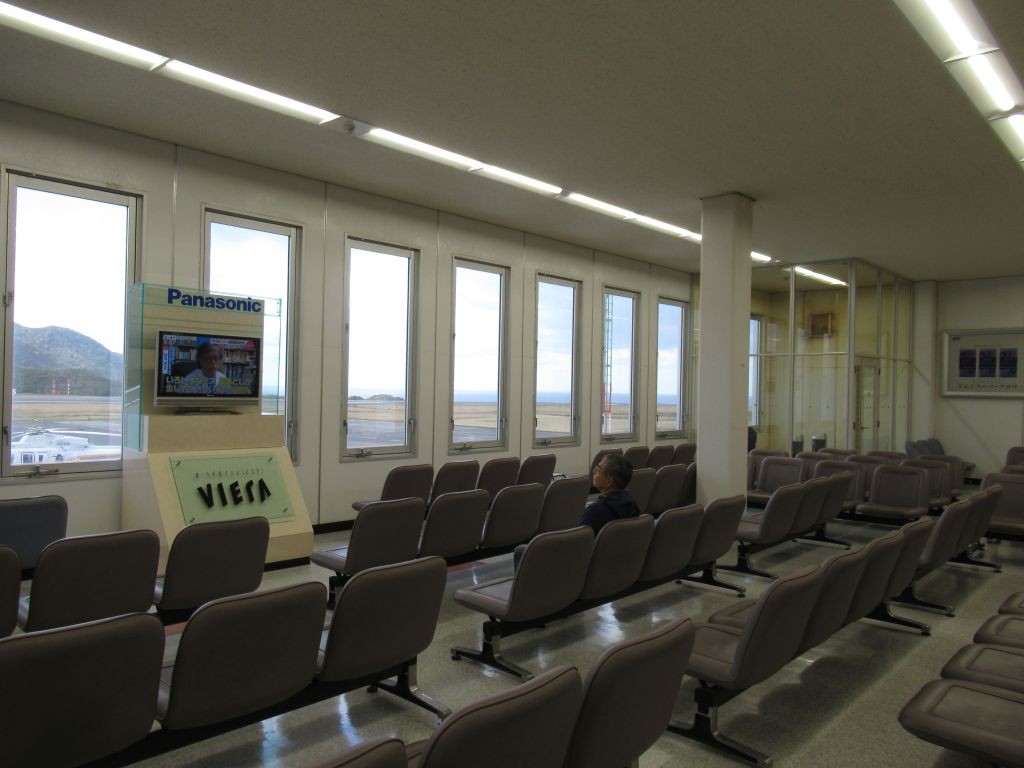
For us, the bird to be seen is therefore TAL’s helicopter which spent the night here in her base
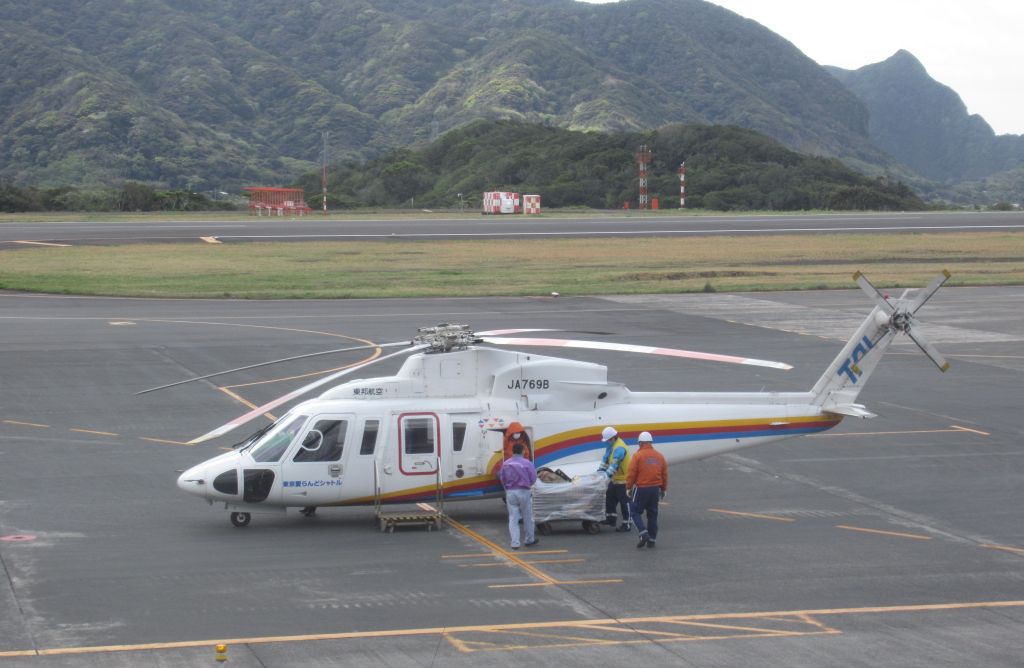
The crew and ground staff load freight on board
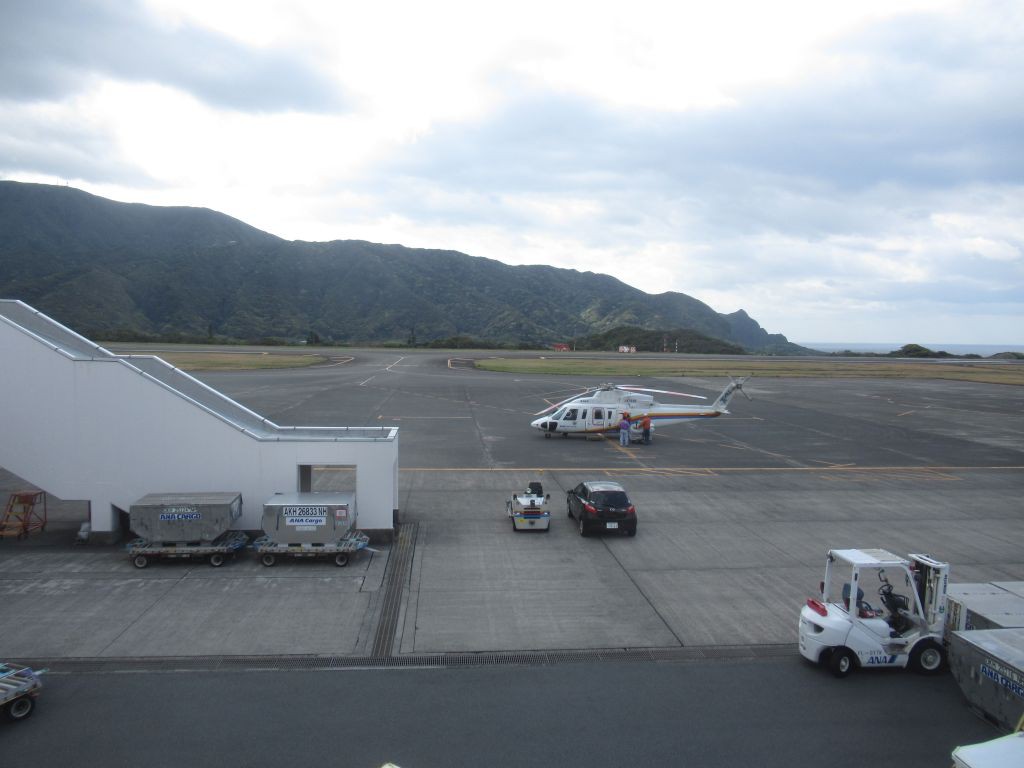
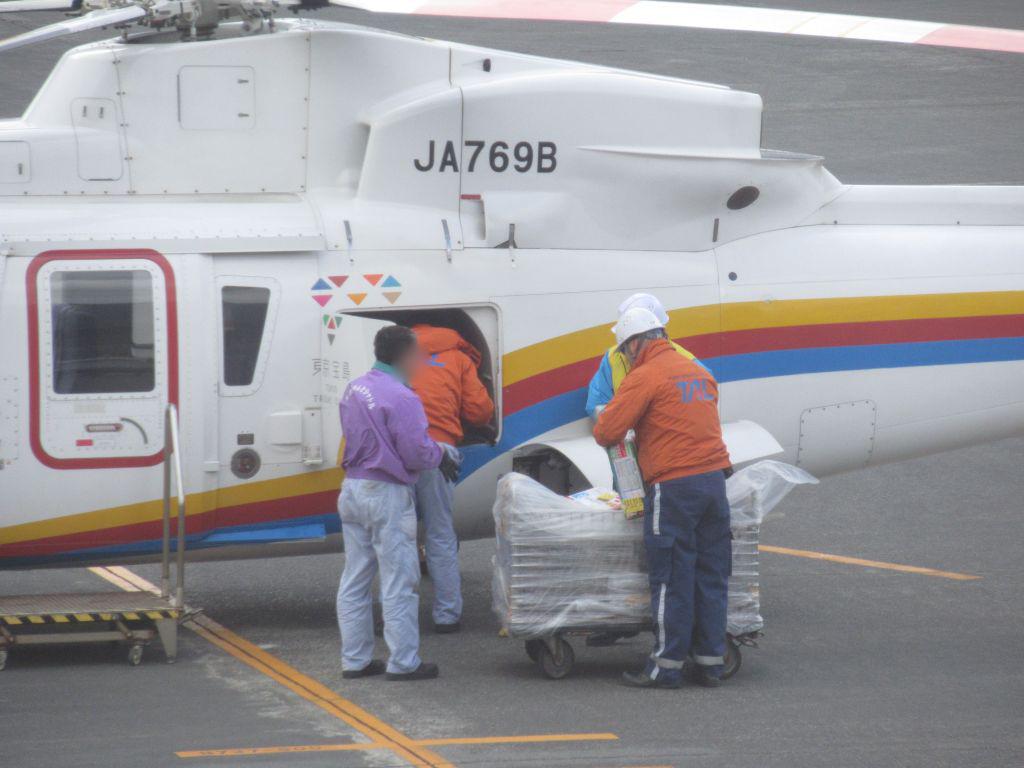
A Japanese Flight Reporter ? A tourist for sure, unlike a technician from Tepco, the local electric utility, who was on board too.

HAC’s only boarding gate
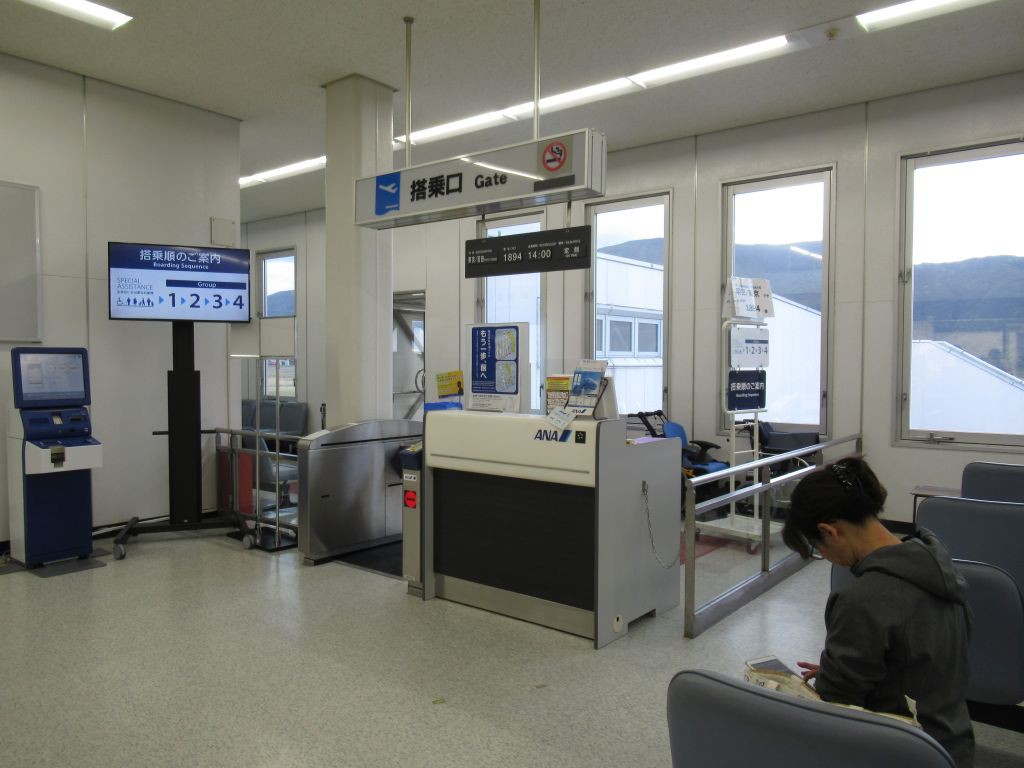
We take the first section of the airbridge, and then a staircase to reach the apron.
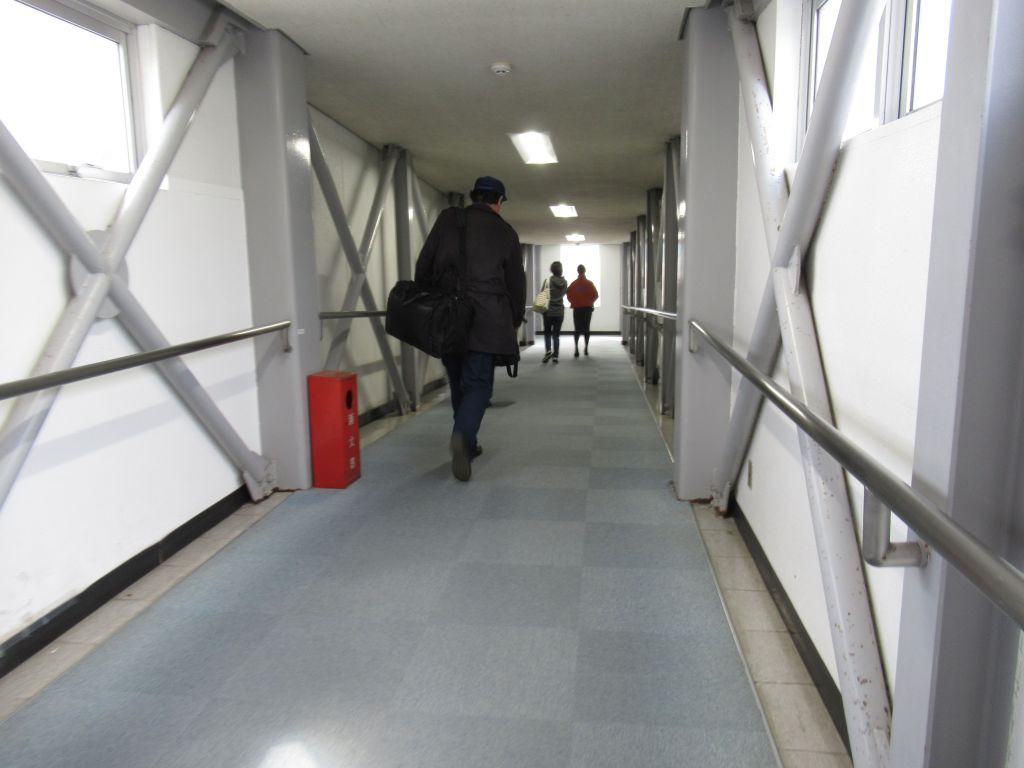
To boldly go where no Flight reporter has gone before
It is a tricky race : I want to take pictures on the apron, but not be the last to board in order to have a good seat, because it is free seating and the helicopter is fully booked as always.
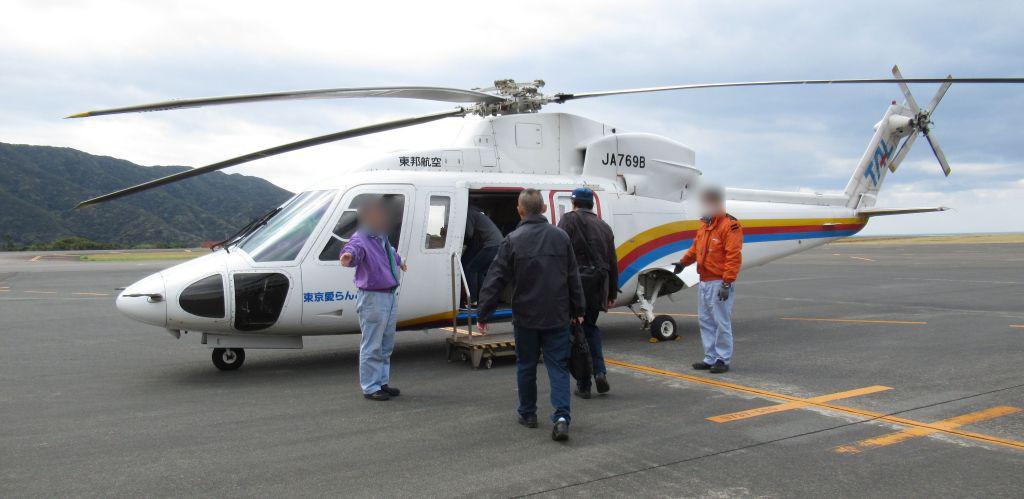
Not only do I get a window seat, but with a newbie stroke of luck, it appeared to be the best side for taking pictures. It’s on the second row, therefore with little if any view of the cockpit, but the Marathons got it on the way back.

The seat pitch is not that bad : I’ve had worse in some A320s
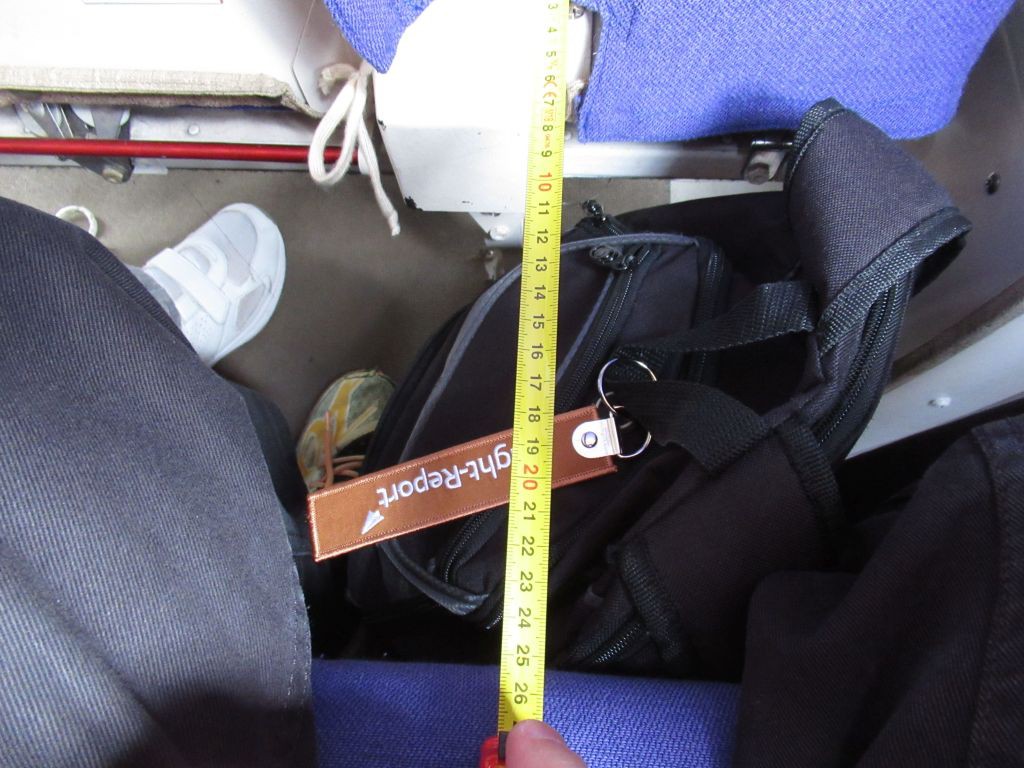
Door shot, but I was so close to it that I couldn’t do any better
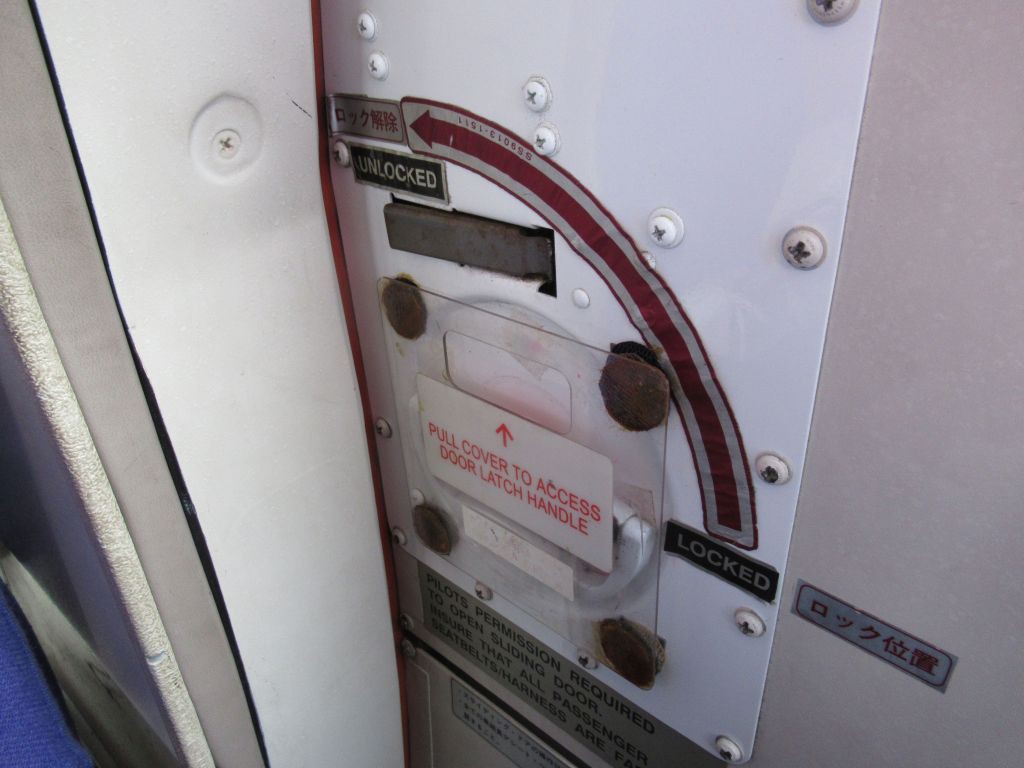
The seat pocket in front of me contains vomit bags
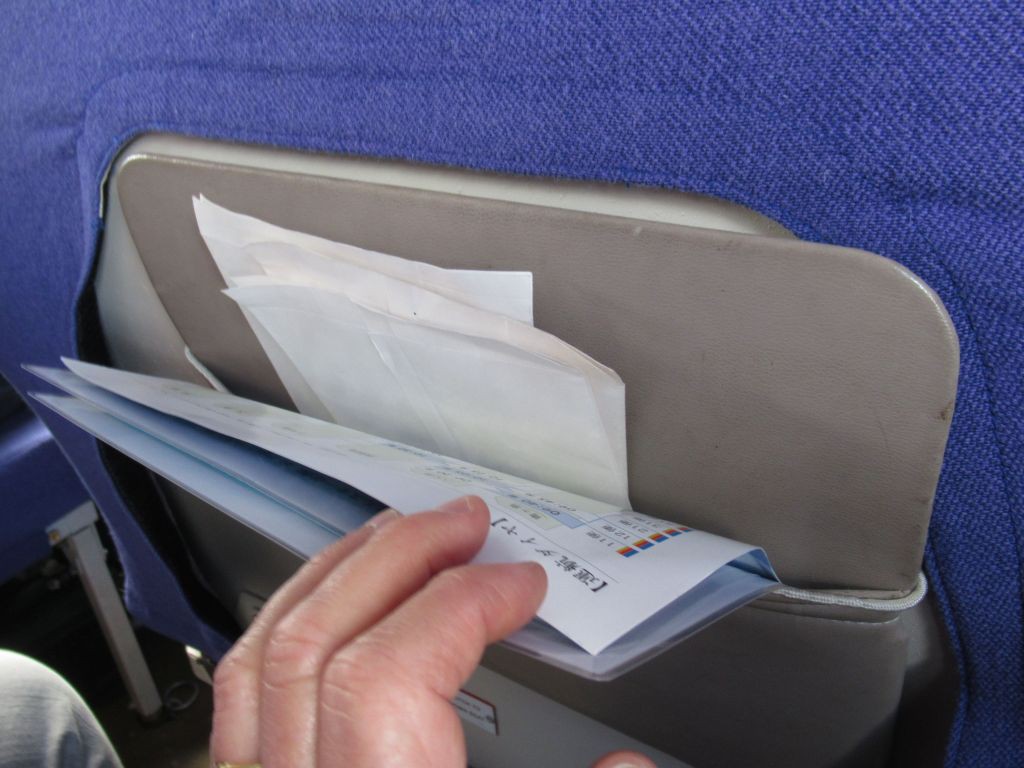
And a safety card which despite the vibrations did not fall in my daypack.
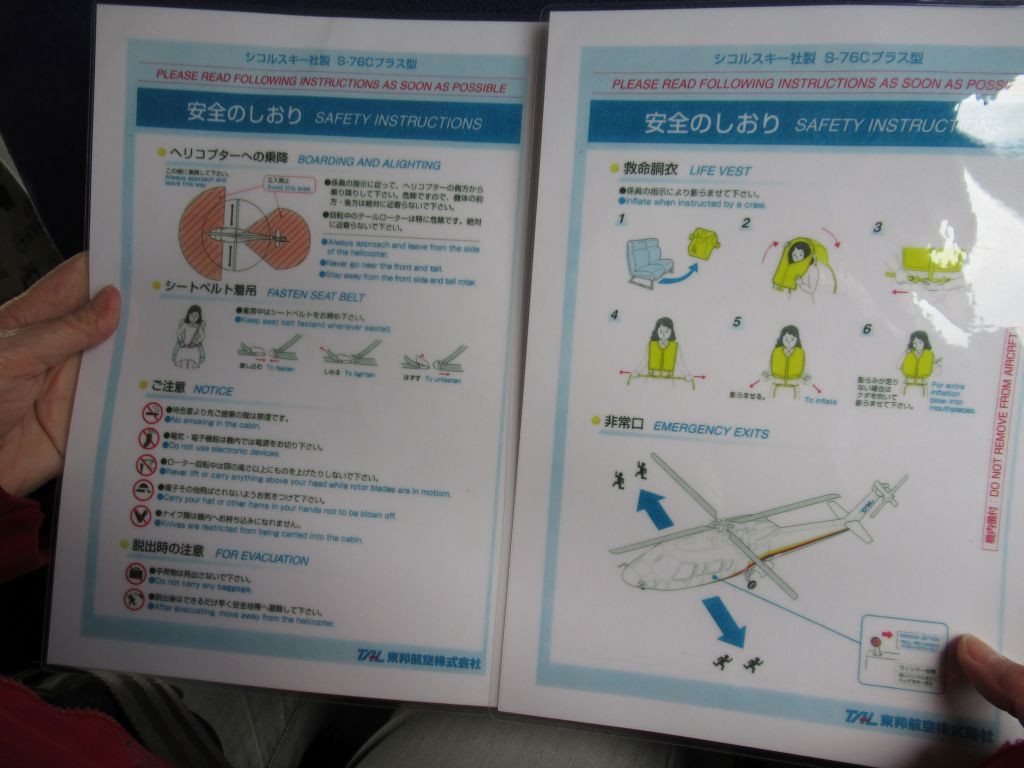
Once all passengers are on board, the captain closes the passenger door, boards through the front door and the helicopter starts with taxiing in order to reach the center of the runway. And then, a smooth increase of the turbines’ power : the helicopter lifts slowly
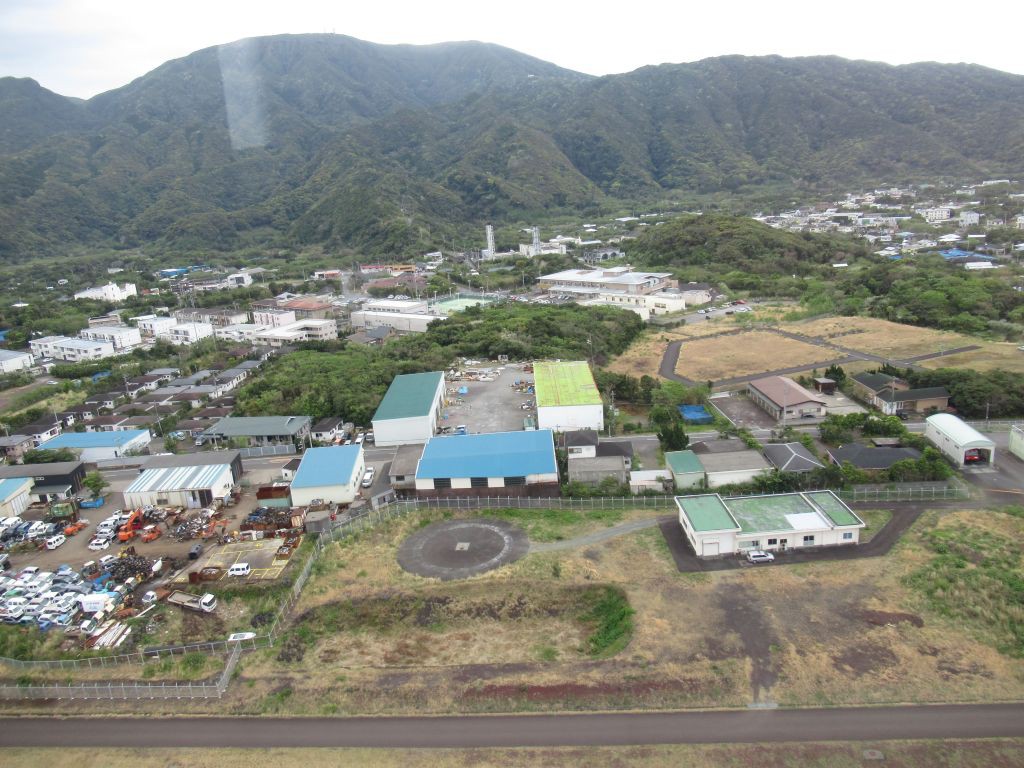
The helicopter makes a wide turn right, which provides a view of both volcanoes of Hachijōjima in succession
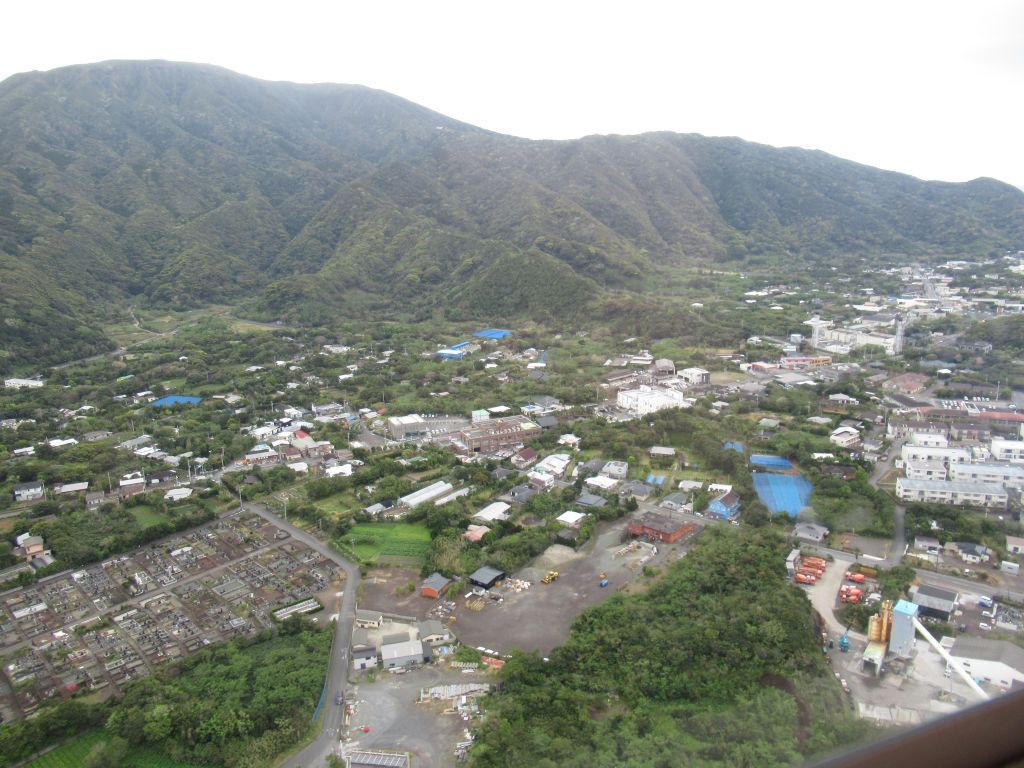
The urban area of Hachijōjima
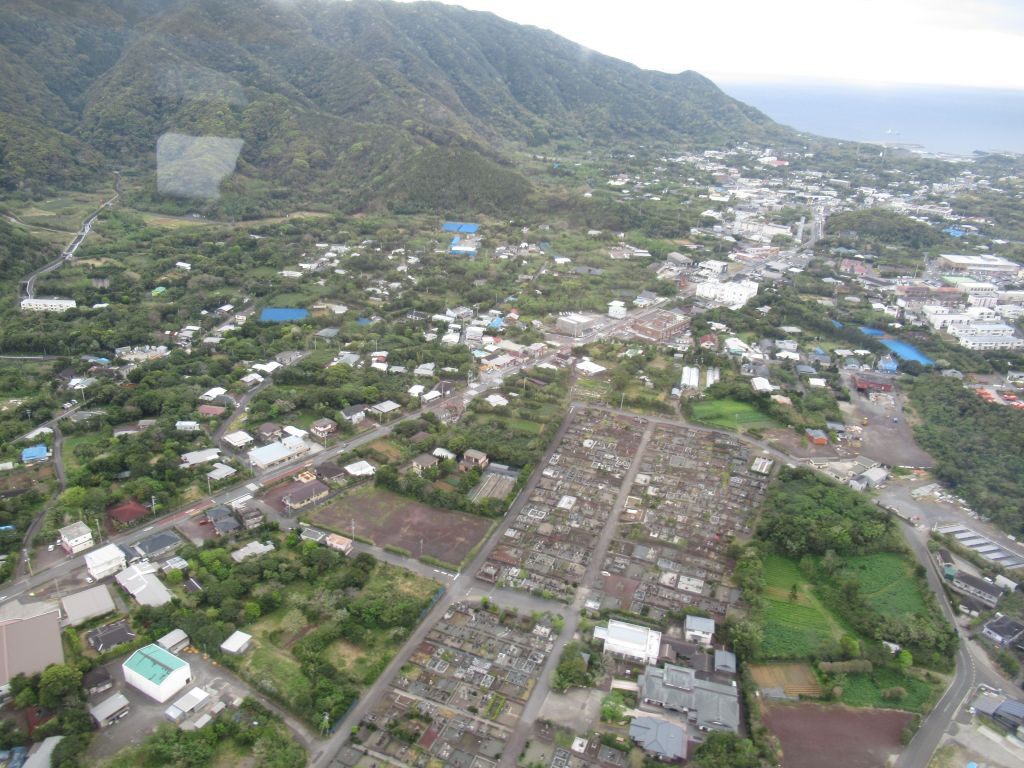
and a panoramic view of the airport
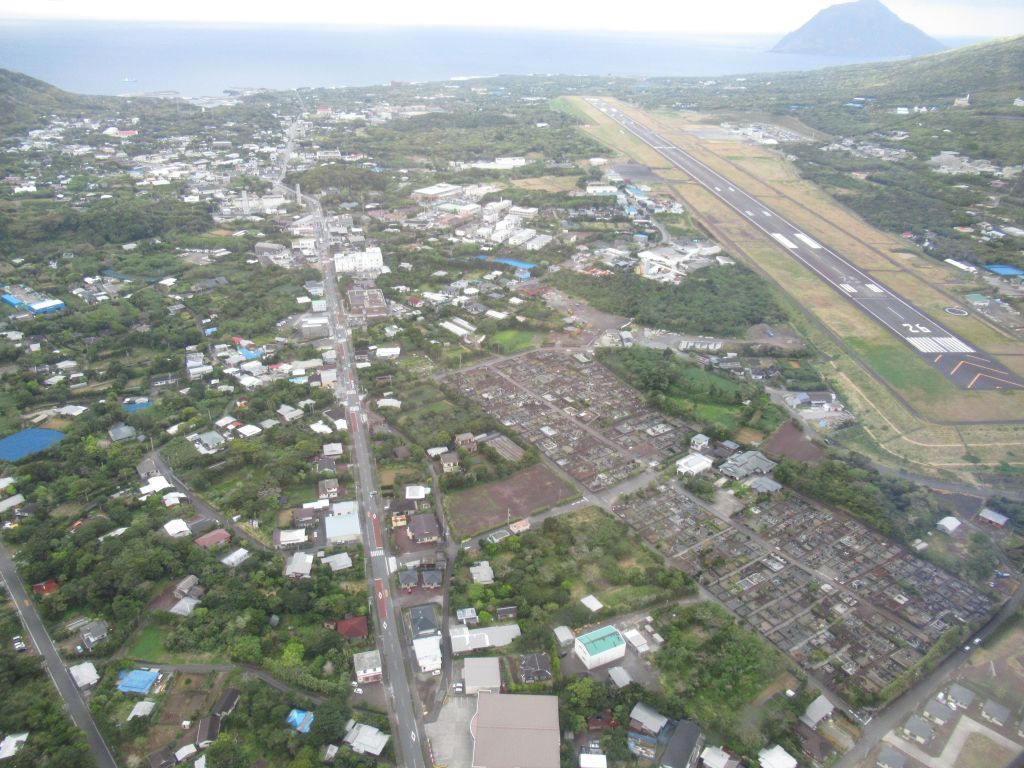
The prohibitions of taking pictures during the take-off have been instantly forgotten by me and by the Japanese behind me who had a camera ten times heavier than mine and had not brought it for decoration purposes. We harmoniously shared 100% of the useful time (with a view of the ground) of the window of the right hand side door.

We keep turning and Hachijōjima’s Mount Fuji appears
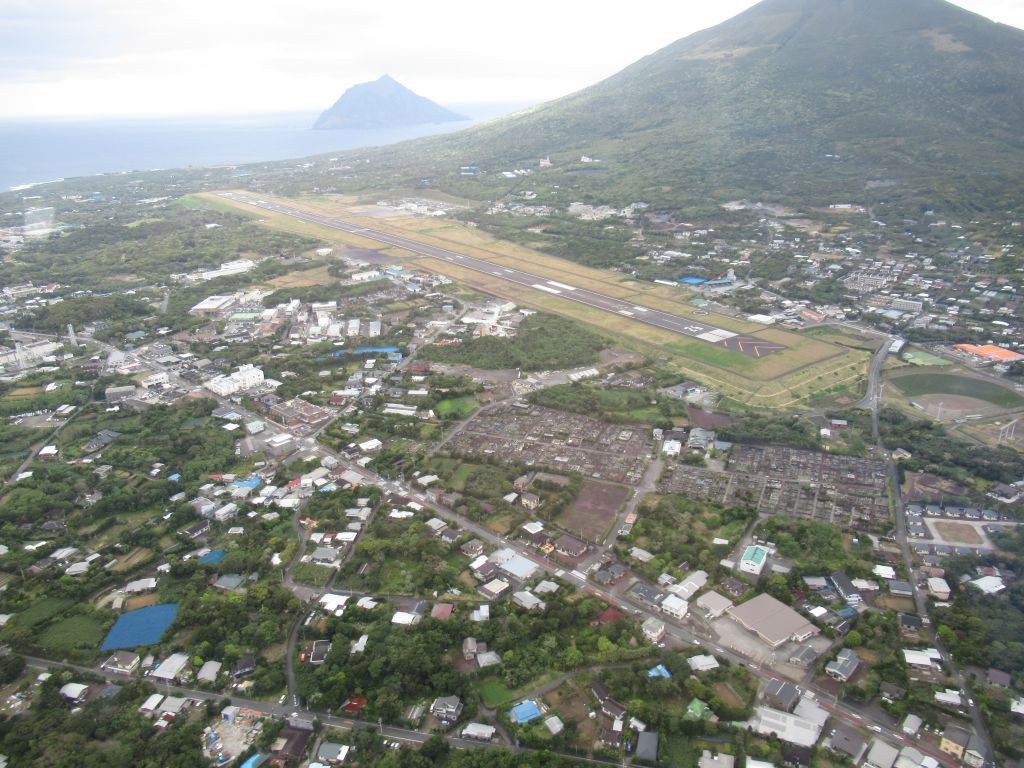
Now in full
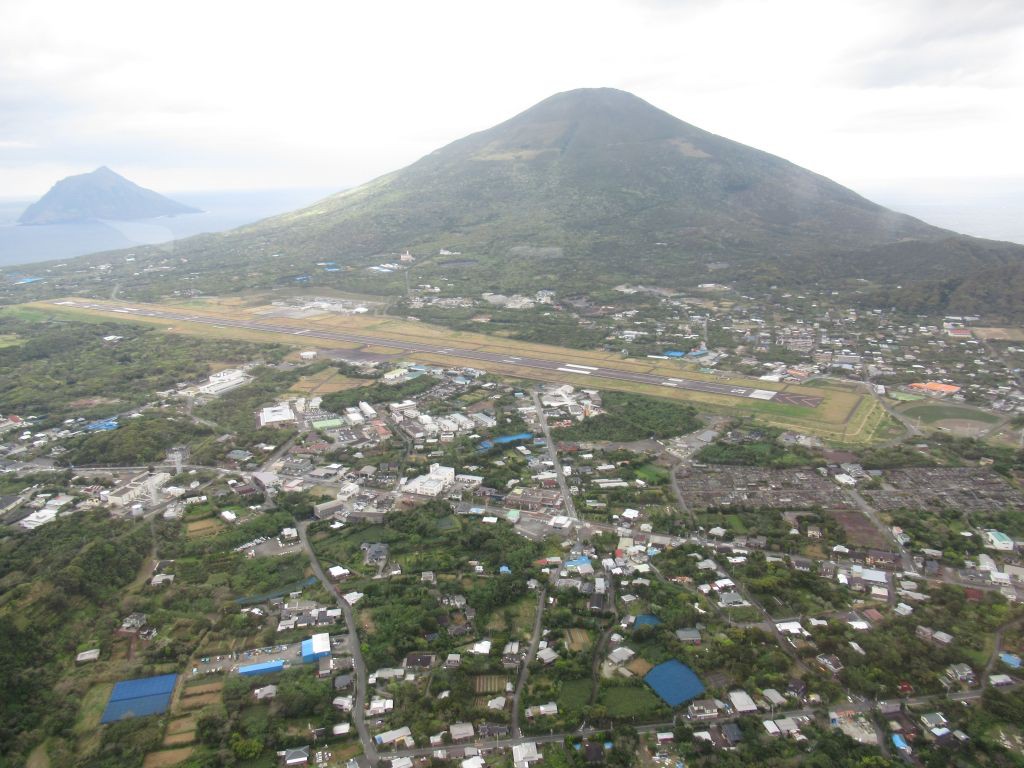
Rotor blade and volcano shot
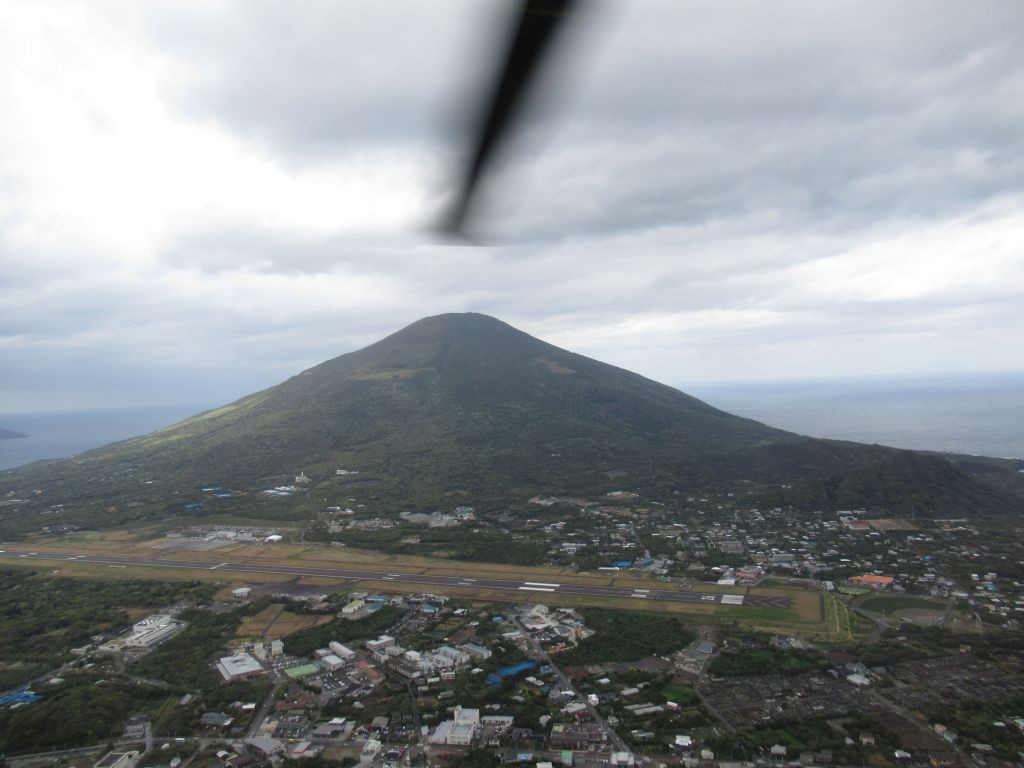
Mount Fuji from the skies
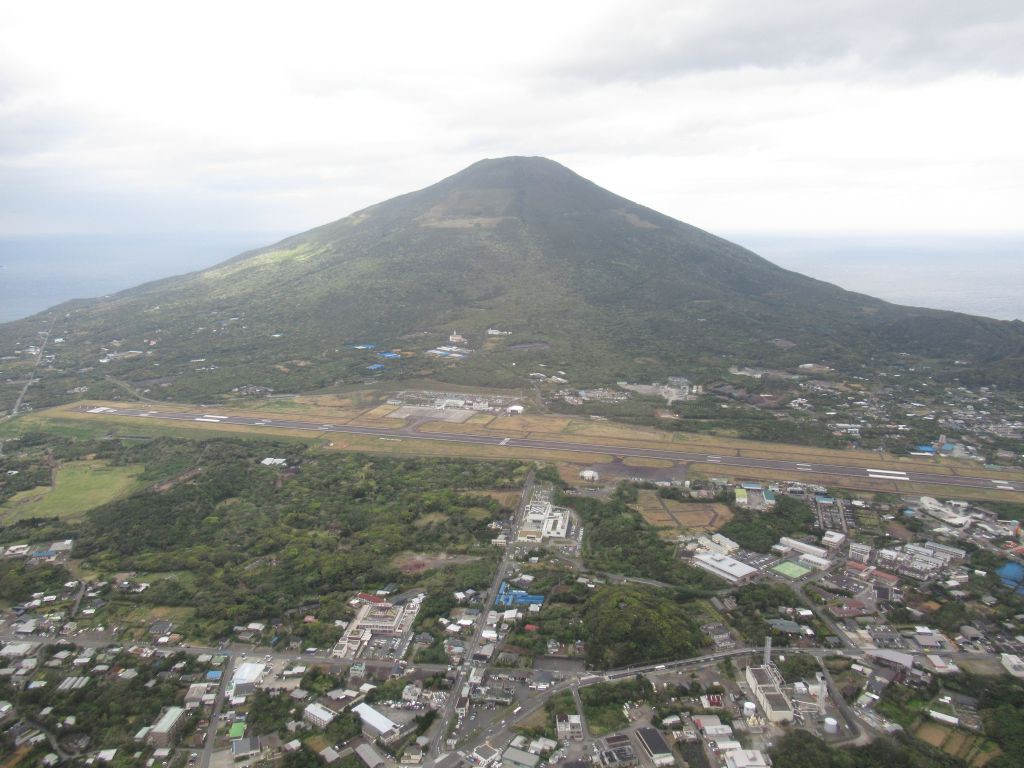
Zoom and HAC’s facilities
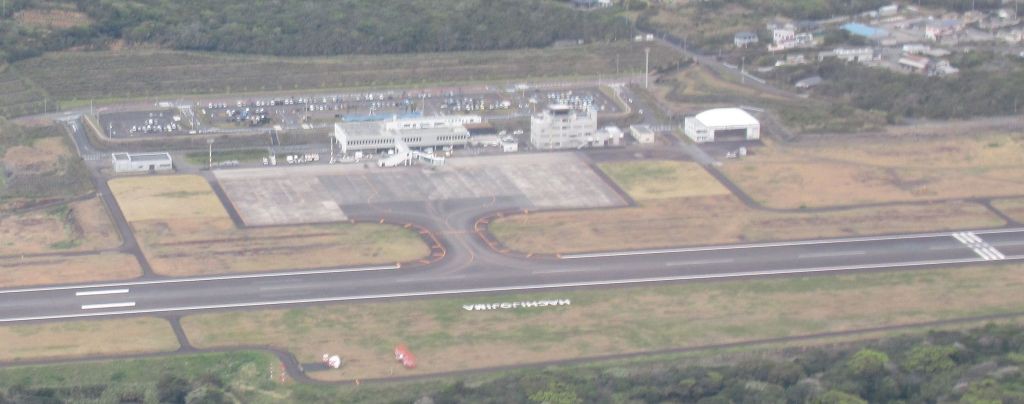
We are getting closer to the coast, with Hachijō-kojima («Little Hachijō Island») in the background. It is now uninhabited since it was evacuated by its population in 1969.

Zoom on Hachijō-kojima

Last glimpse of HAC
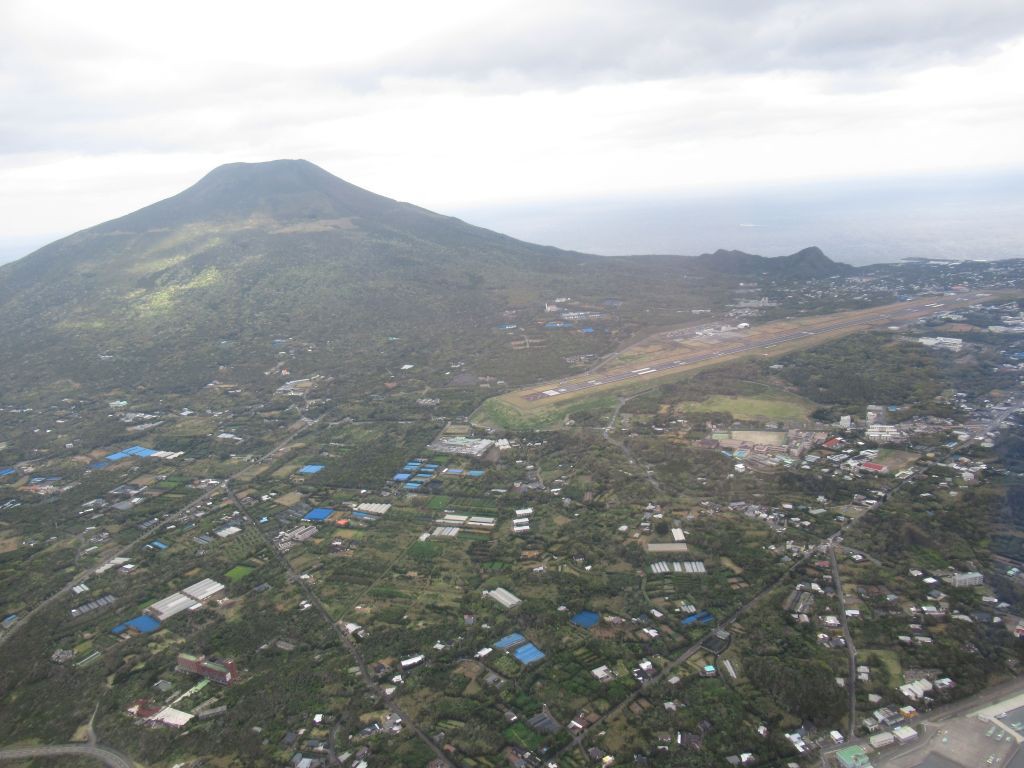
We are now flying away from Hachijōjima
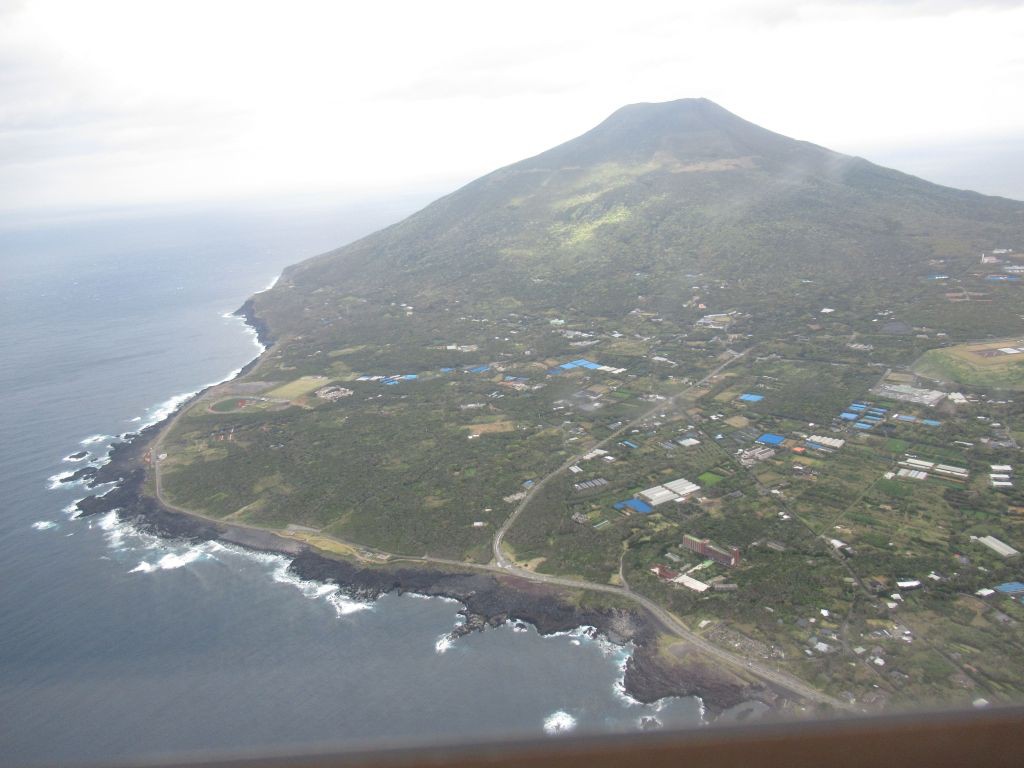
Through the left window : the last cape of Hachijōjima
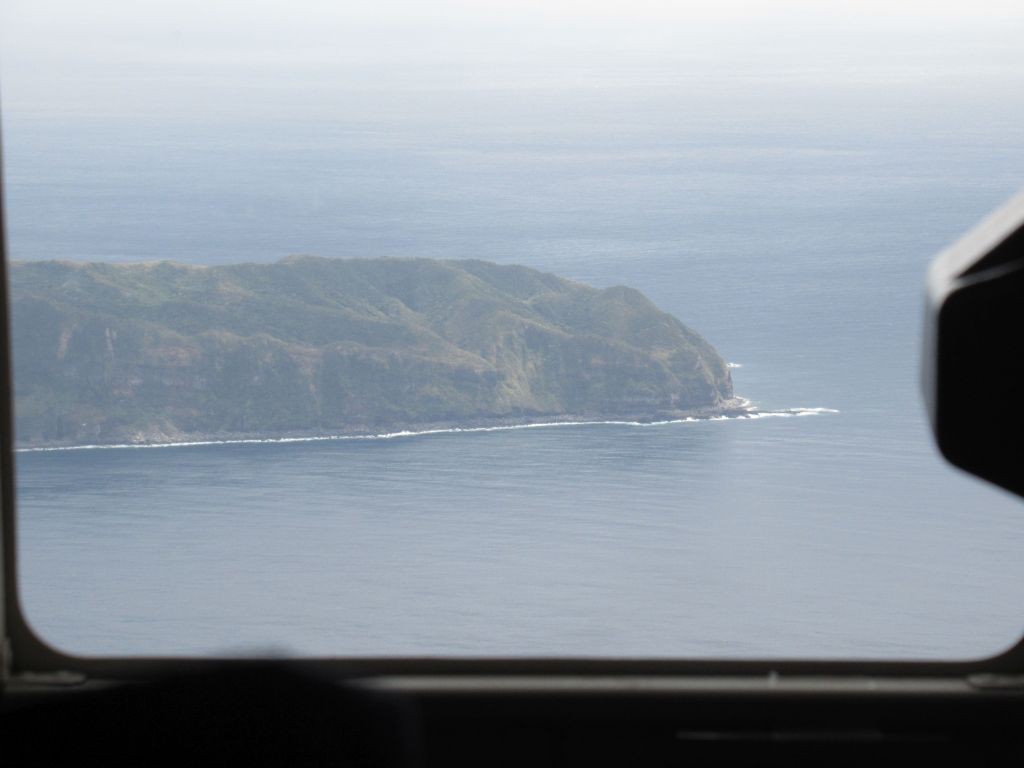
In flight mood
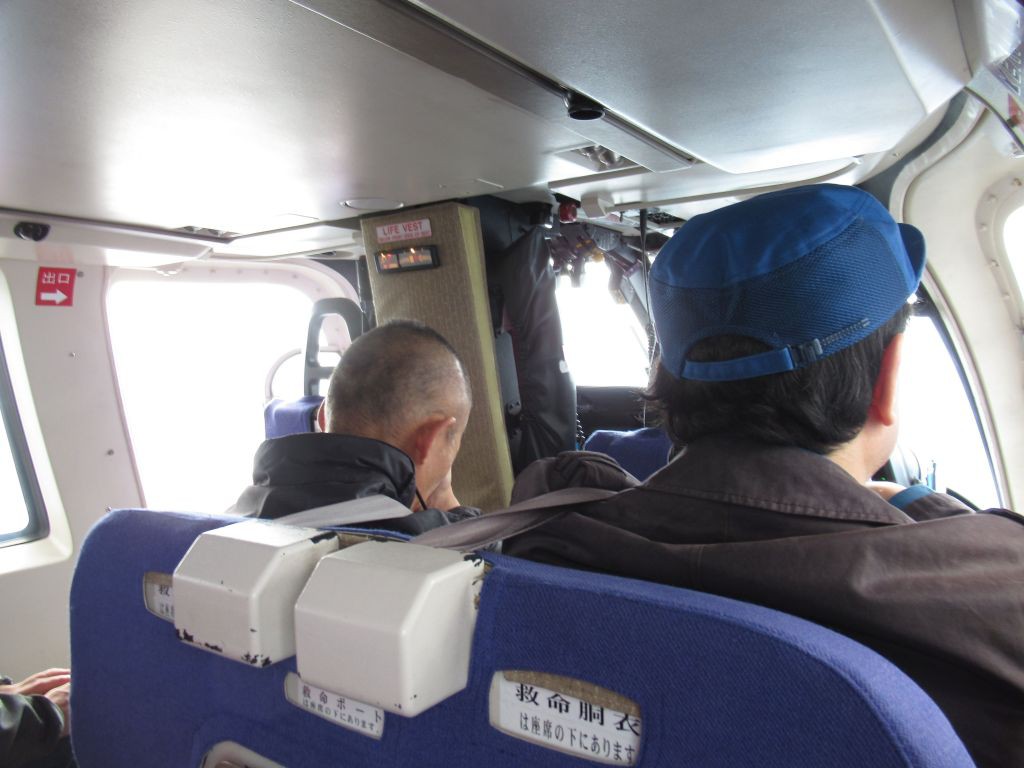
The head of the copilot, taking advantage of a movement of the passenger in front of me.
We are now halfway over open water, and what strikes me is how much this aircraft vibrates. Not only the fittings, but the doors too, because they are lightweight, have no structural role and no need to be air tight because the aircraft is not pressurized.
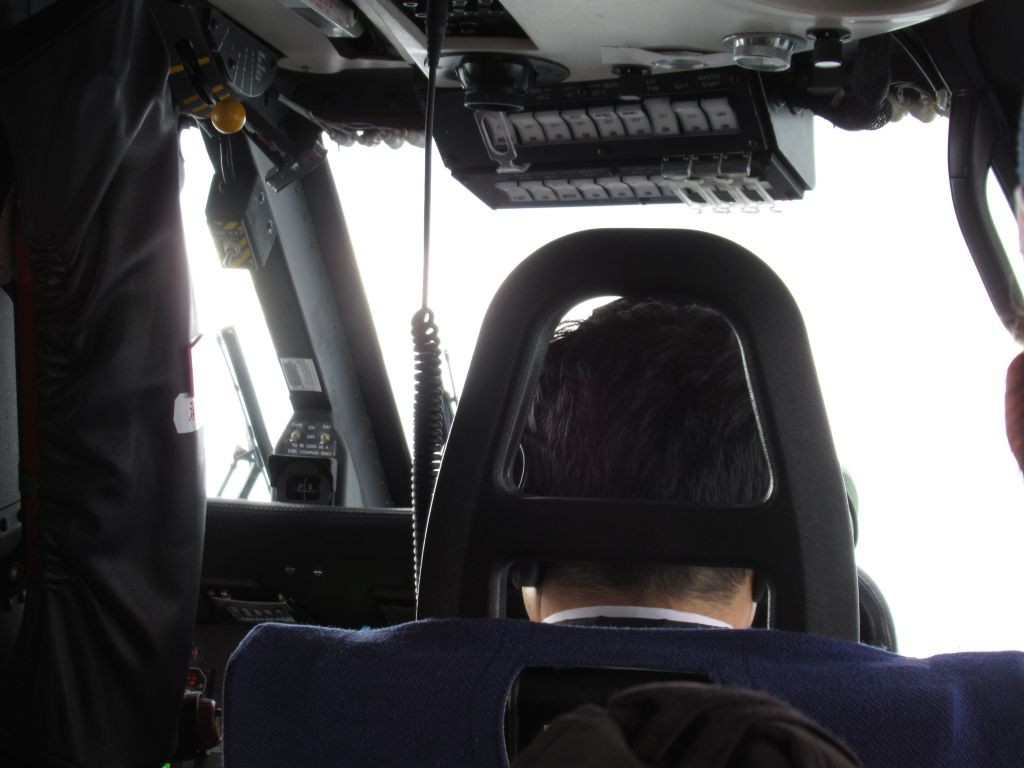
Aogashima in sight
Aogashima appears on the horizon
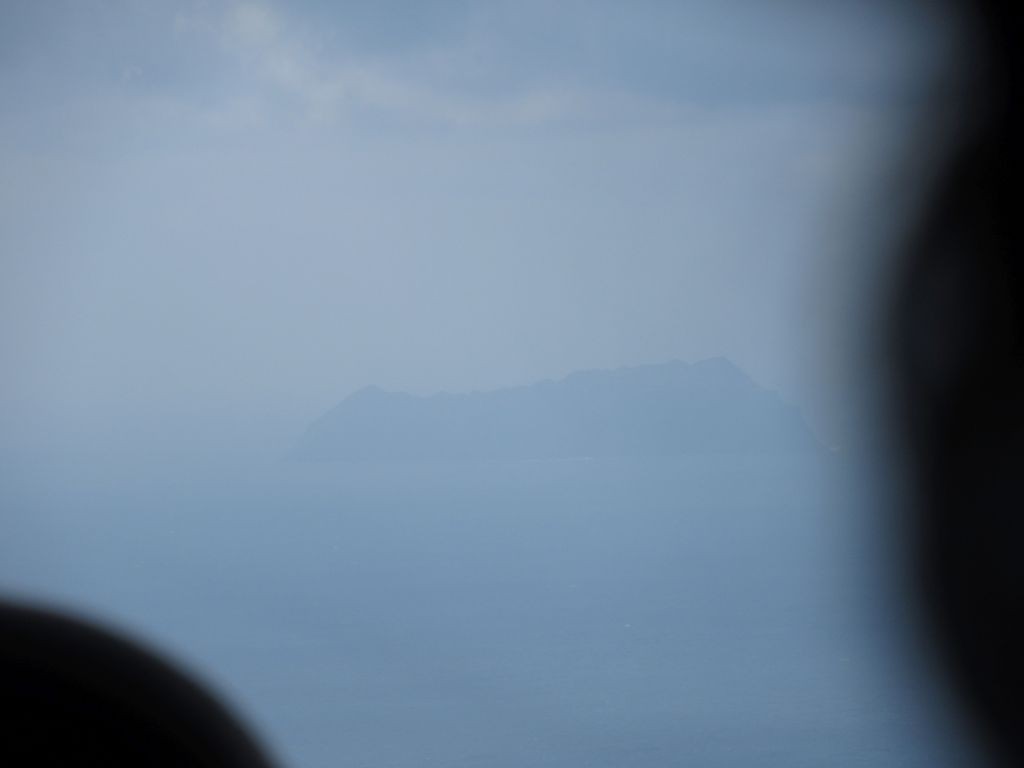
We are now much closer : this is the only inhabited part of the island, even though there are some buildings inside the caldera too
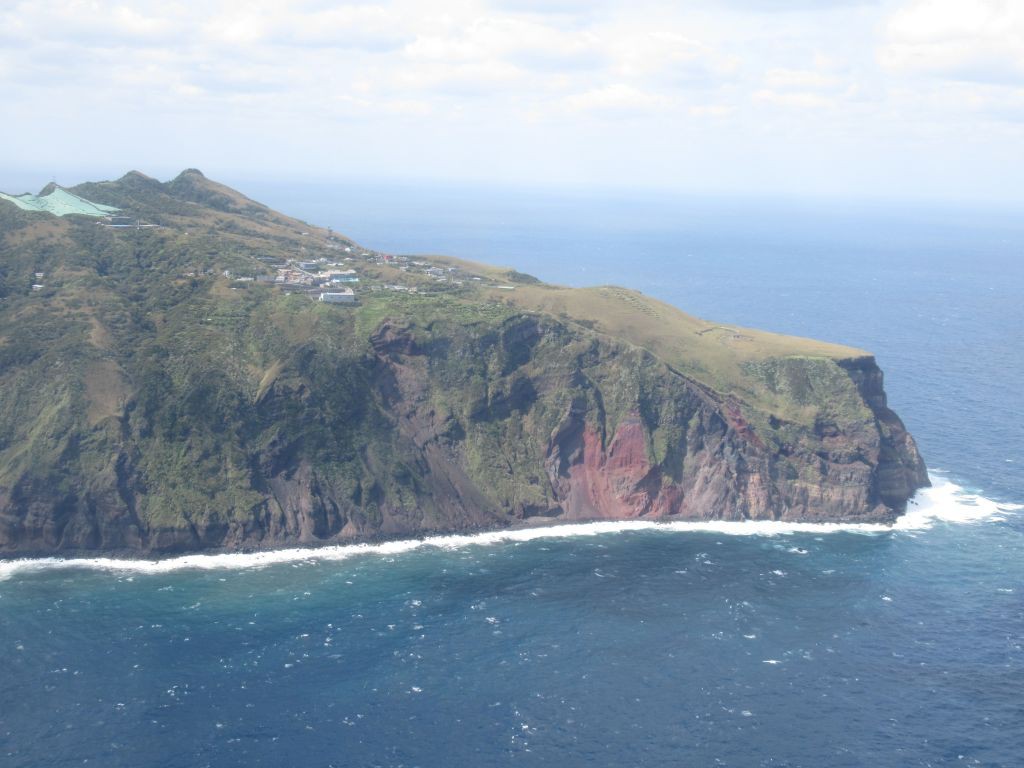
The road which crosses the cop of the caldera’s walls
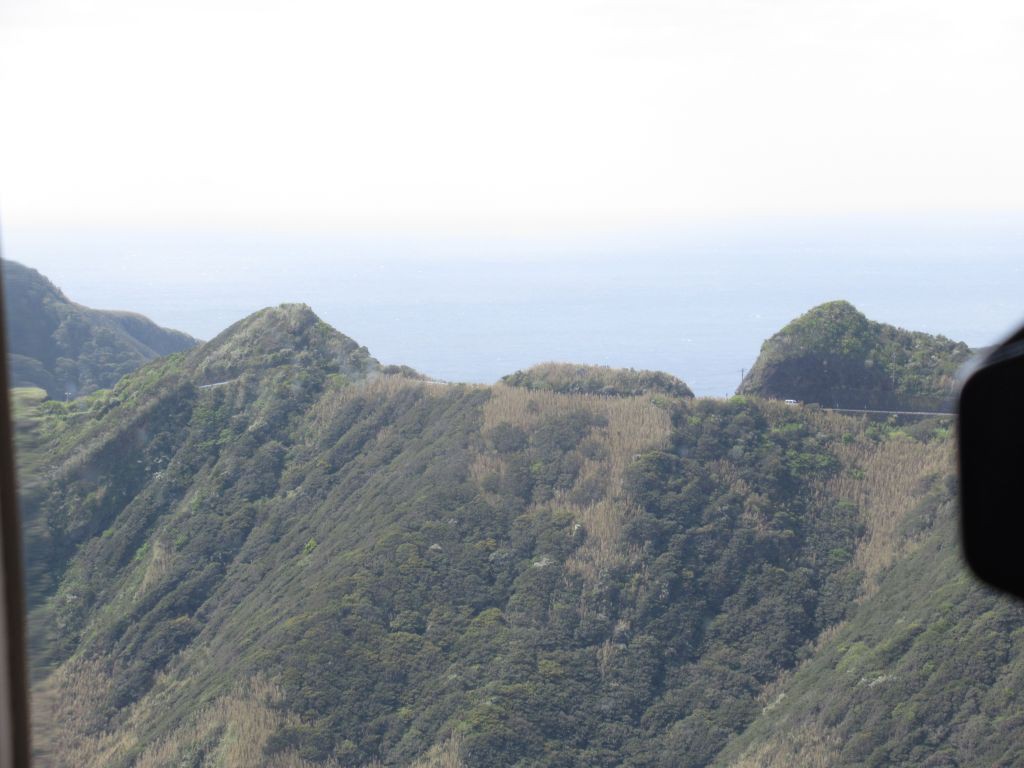
The shadow of the helicopter appears on the ground

With very crisp details
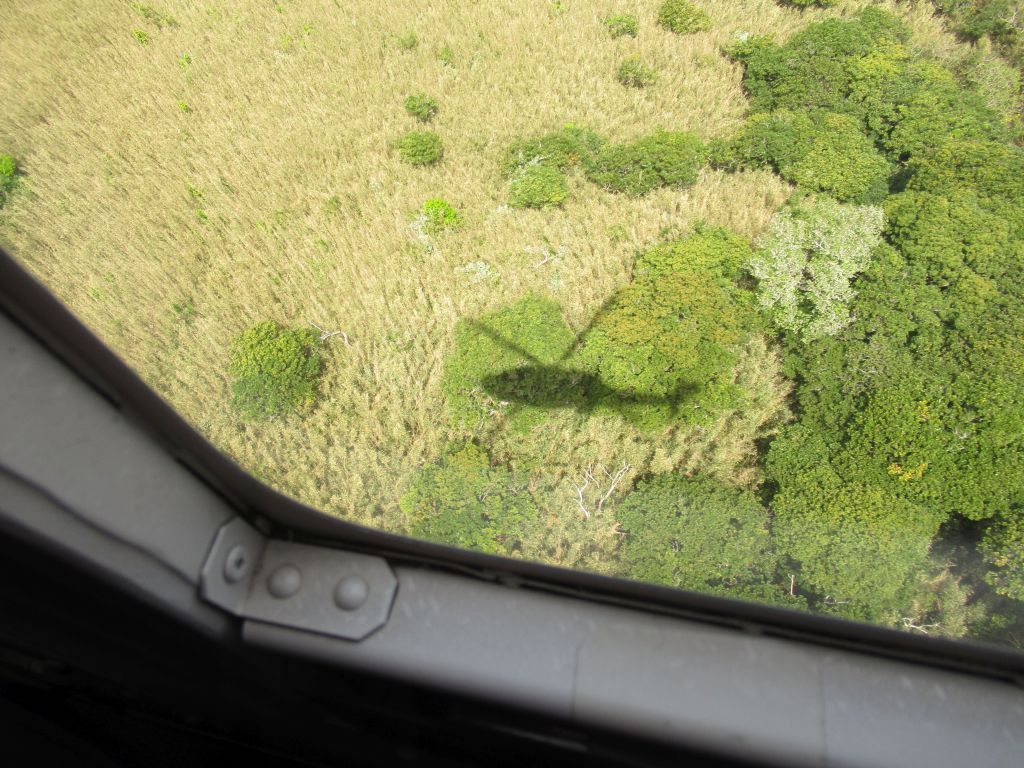
And then suddenly, without any advance warning, we have landed, more softly than I ever remember in my long experience of air travel
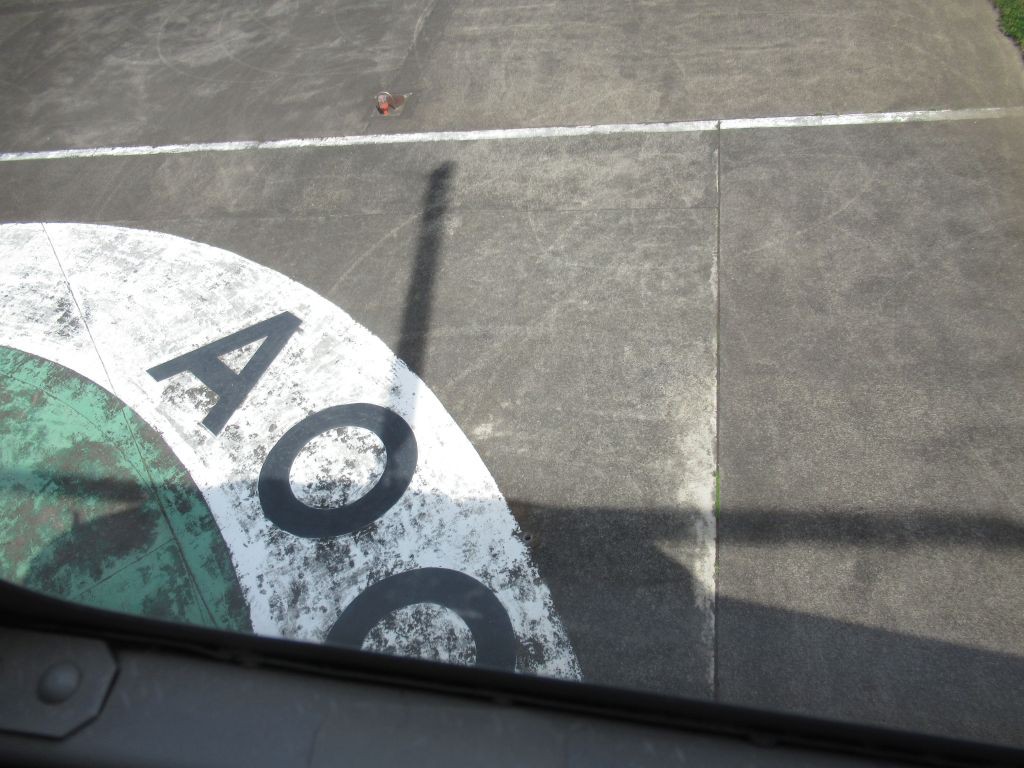
Turnaround time : any competitor on this ?
The ground staff brings a trolley of freight and mobile stairs

It’s a tight timing : there is no time to waste and with a typically Japanese mixture of politeness and authority, a staff has the passengers leave the helipad immediately even if they wanted to take pictures close to the machine. There is no prohibition to take pictures, on the other hand.
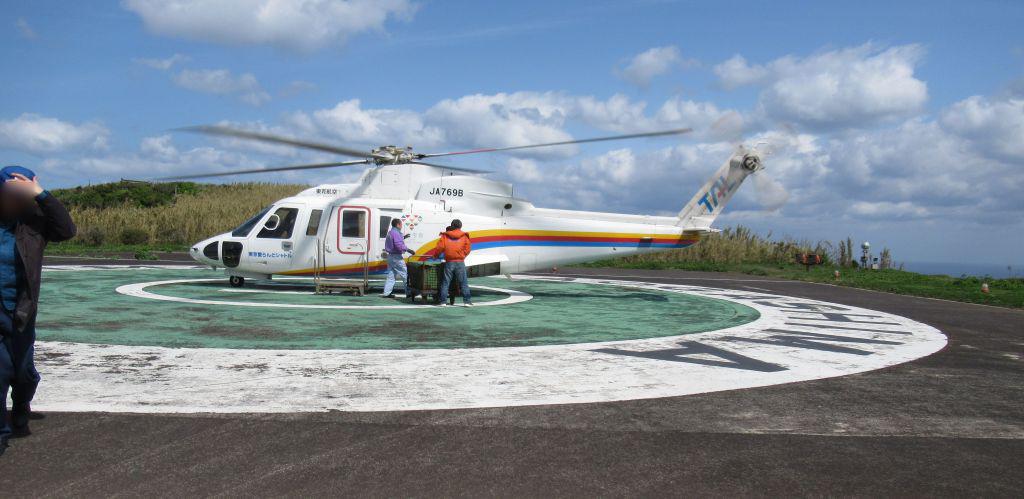
I stretched the above picture vertically to reveal the marking of the helipad
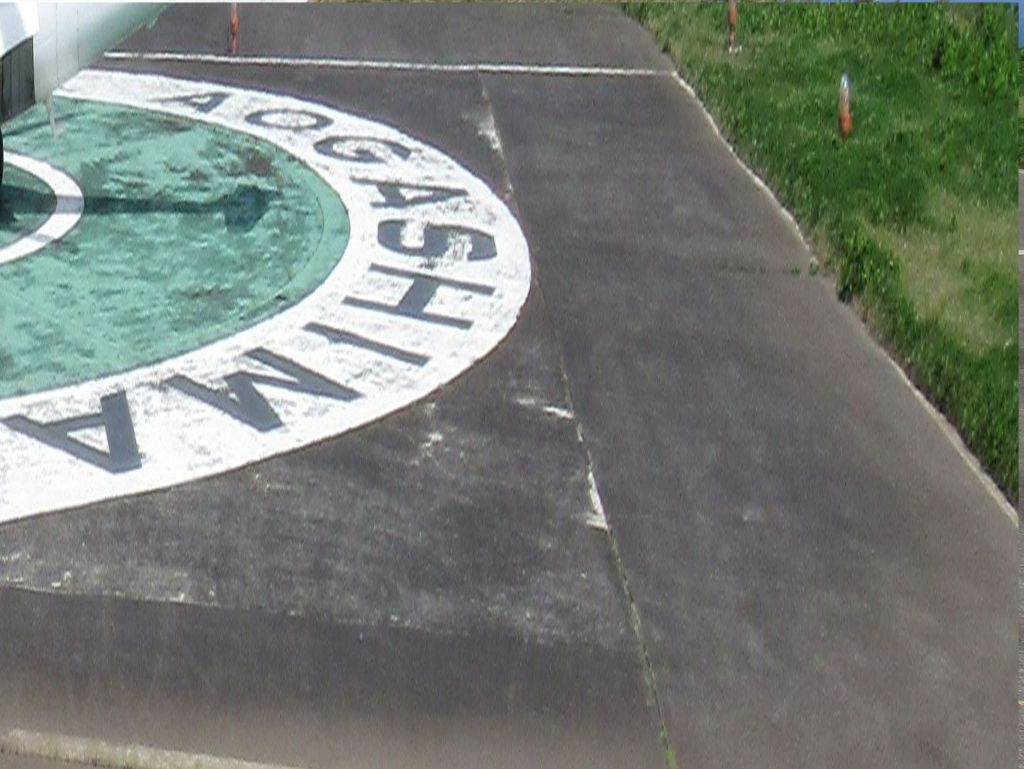
The man in a blue uniform is a policeman
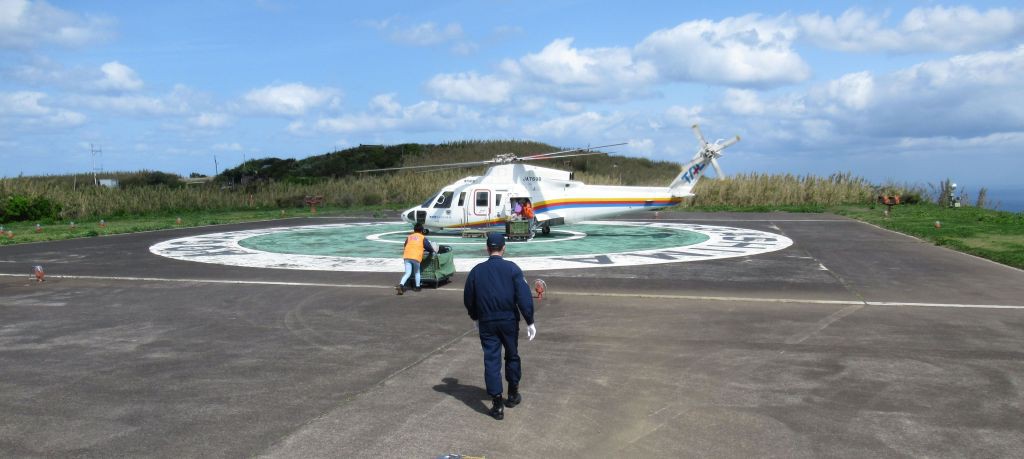
The staff brings back the trolley of luggage and freight

Everything is ready ?
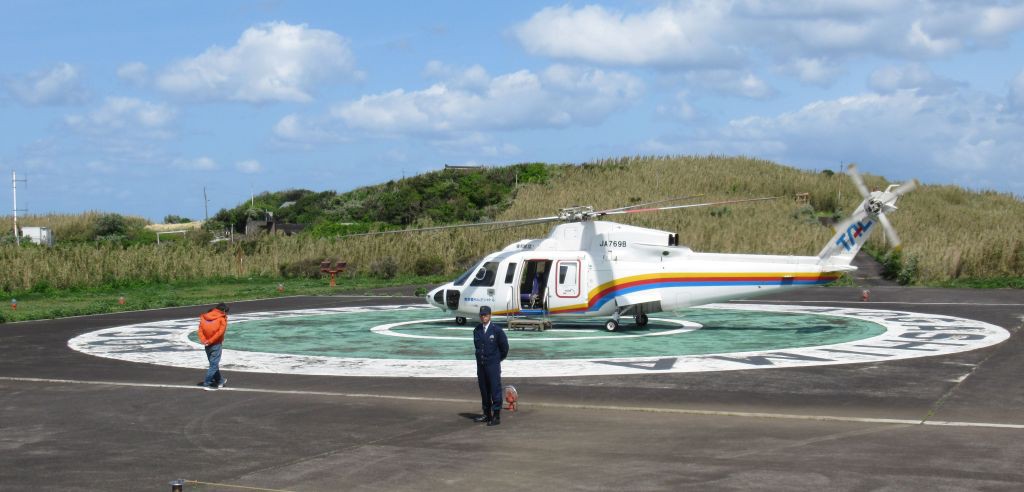
OK for boarding

In line from lower right of the picture : the nine passengers of the return flight, guided by a ground staff in orange jacket, and the captain in blue at the foot of the helicopter, turning around the static policeman.
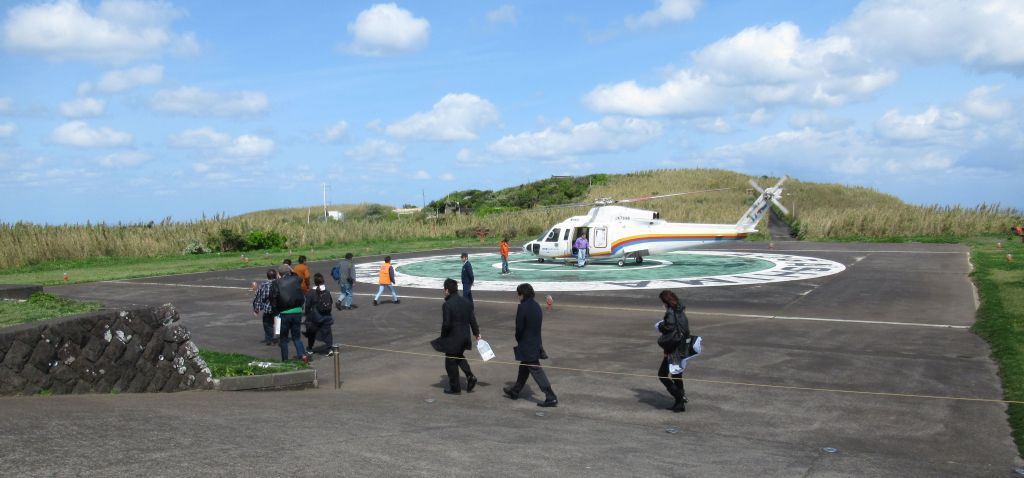
The captain closes his door
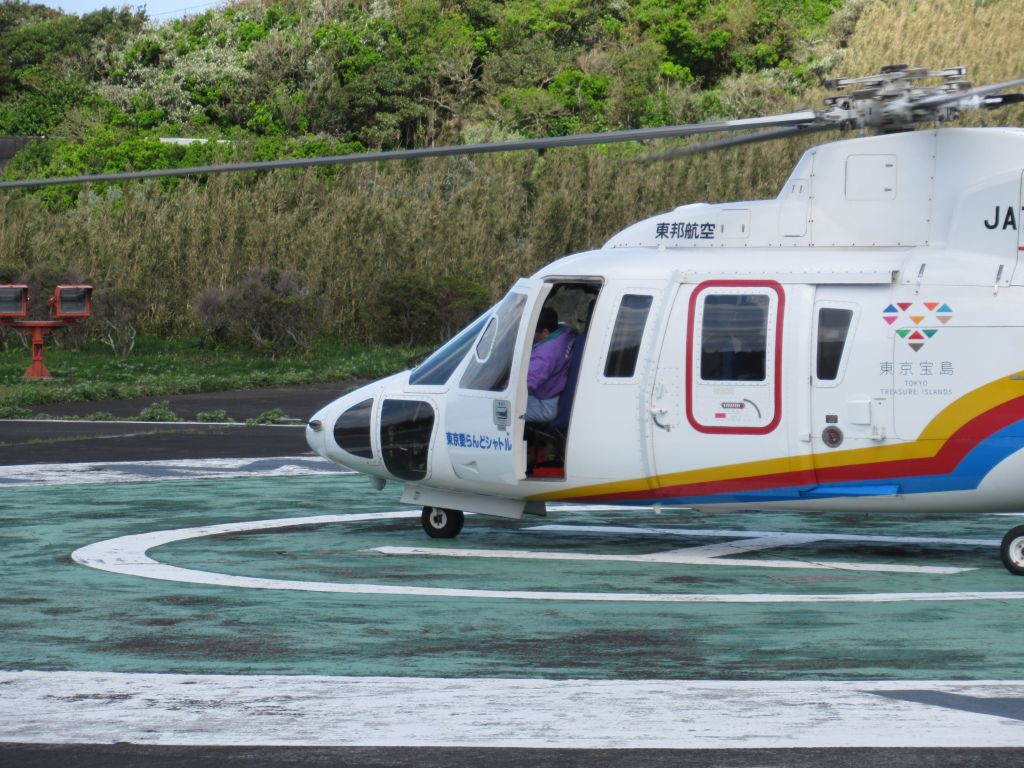
Seven minutes elapsed from the moment the helicopter landed and when she was ready to take off
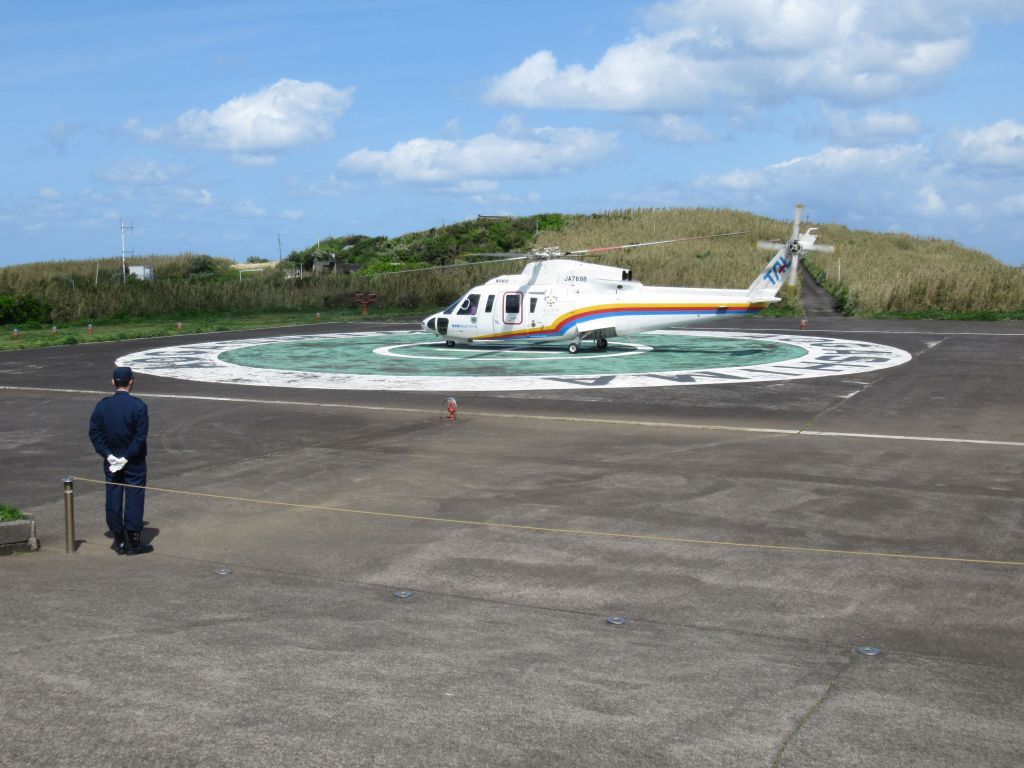
The policeman waves to the helicopter taking off
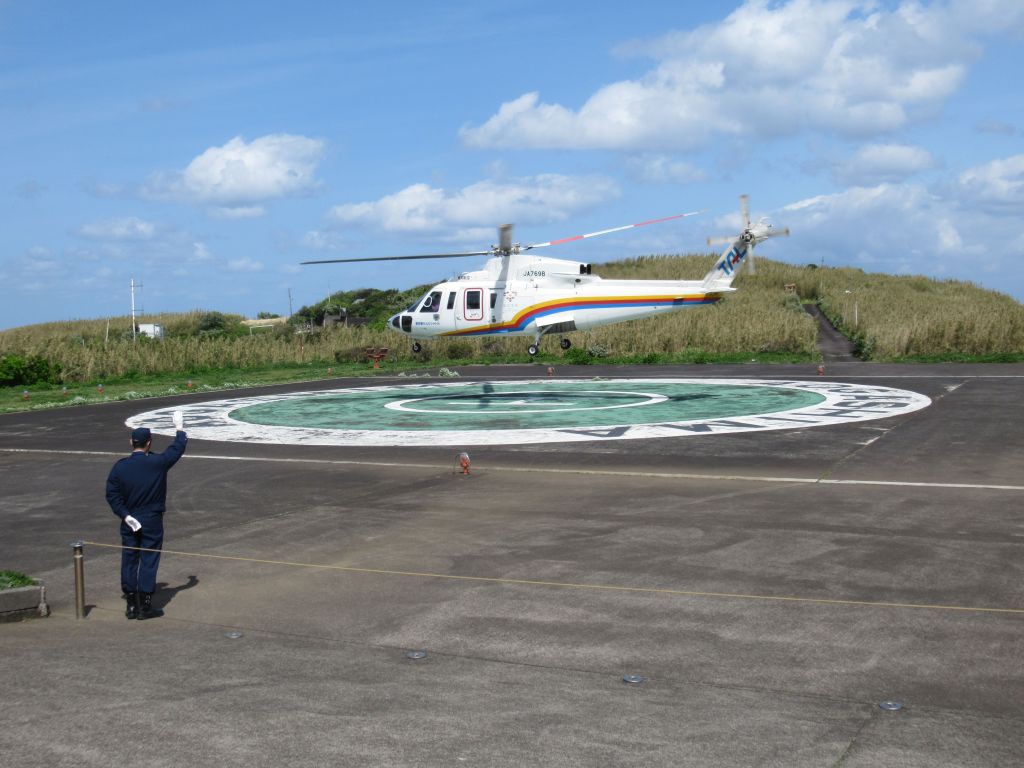
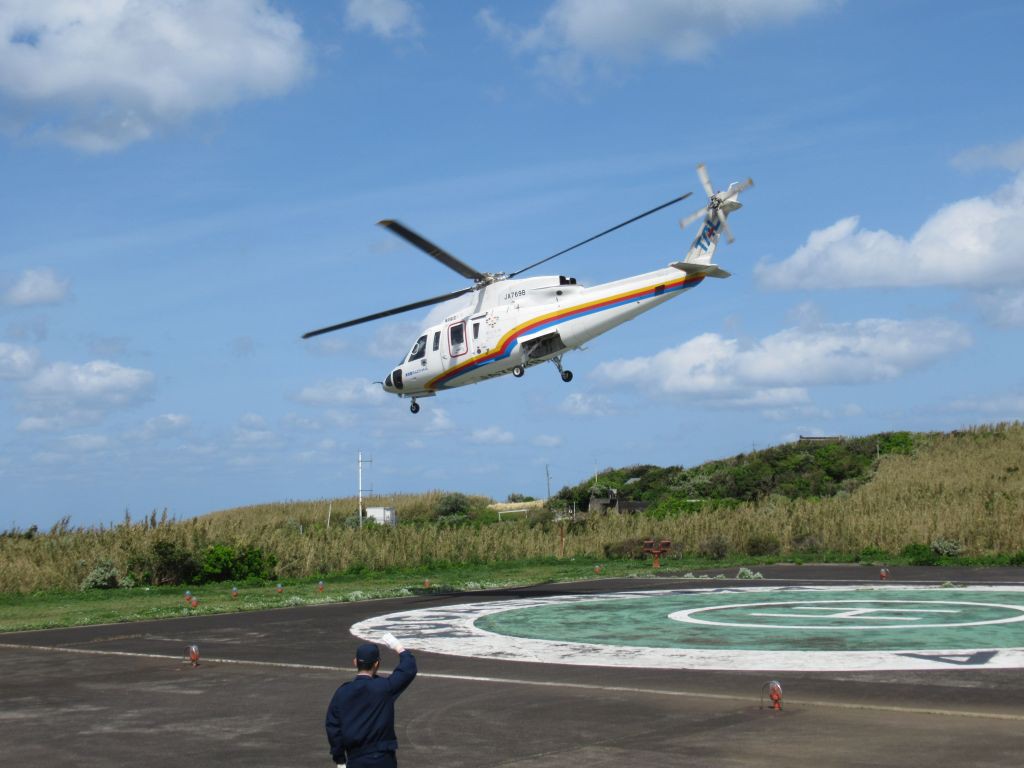
And so does the entire ground staff

The helicopter won’t disappear behind this vegetation
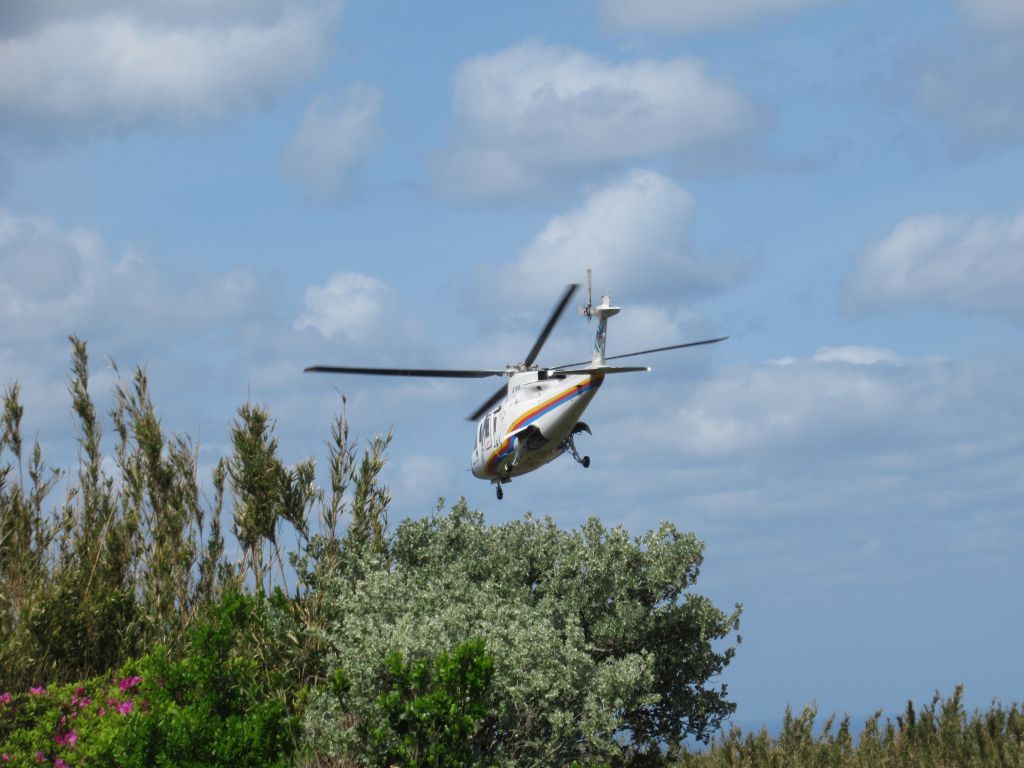
She turns and gains enough altitude to remain in sight

She flies away after retracting the landing gear

The policeman removes the rope which closes this small road going through the helipad, during the only helicopter movement of the day
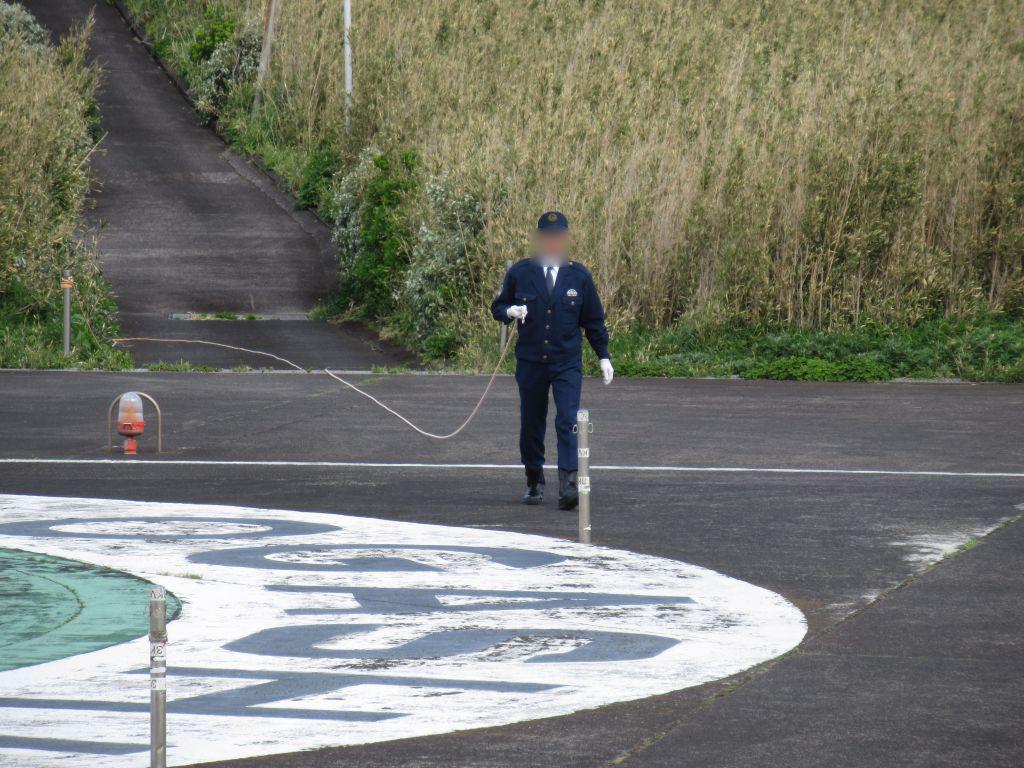
And the only policeman in Aogashima returns to his car, after completing the most of his strenuous daily duties.
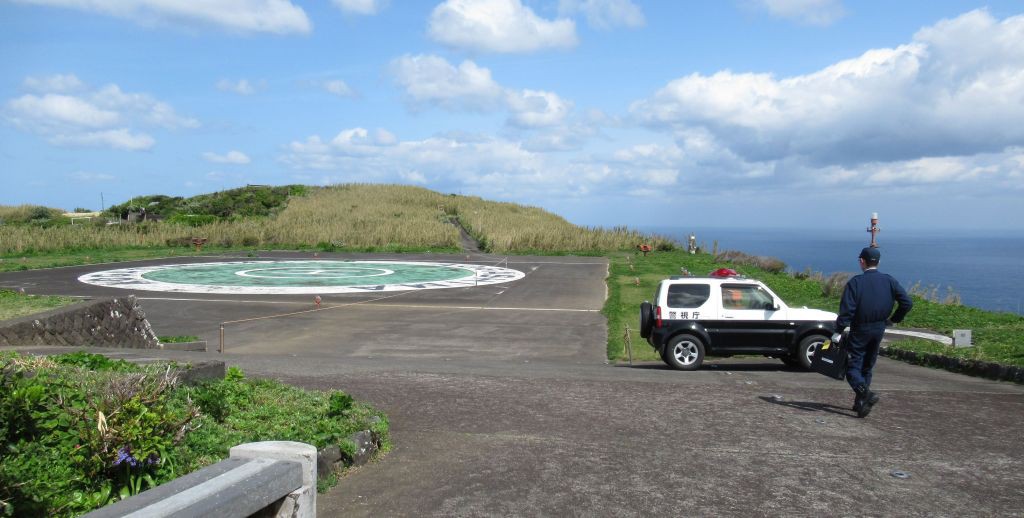
This is a picture the entire terminal of Aogashima’s helipad, taken the next day; you will have a comprehensive visit in the report of the return flight.
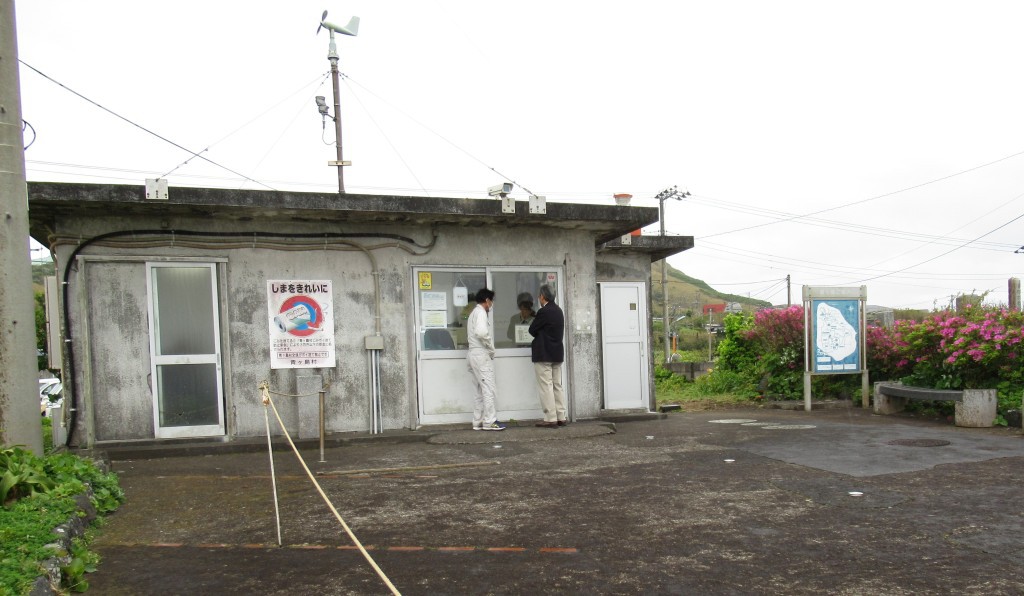
How could I not agree with this mother and her baby ?
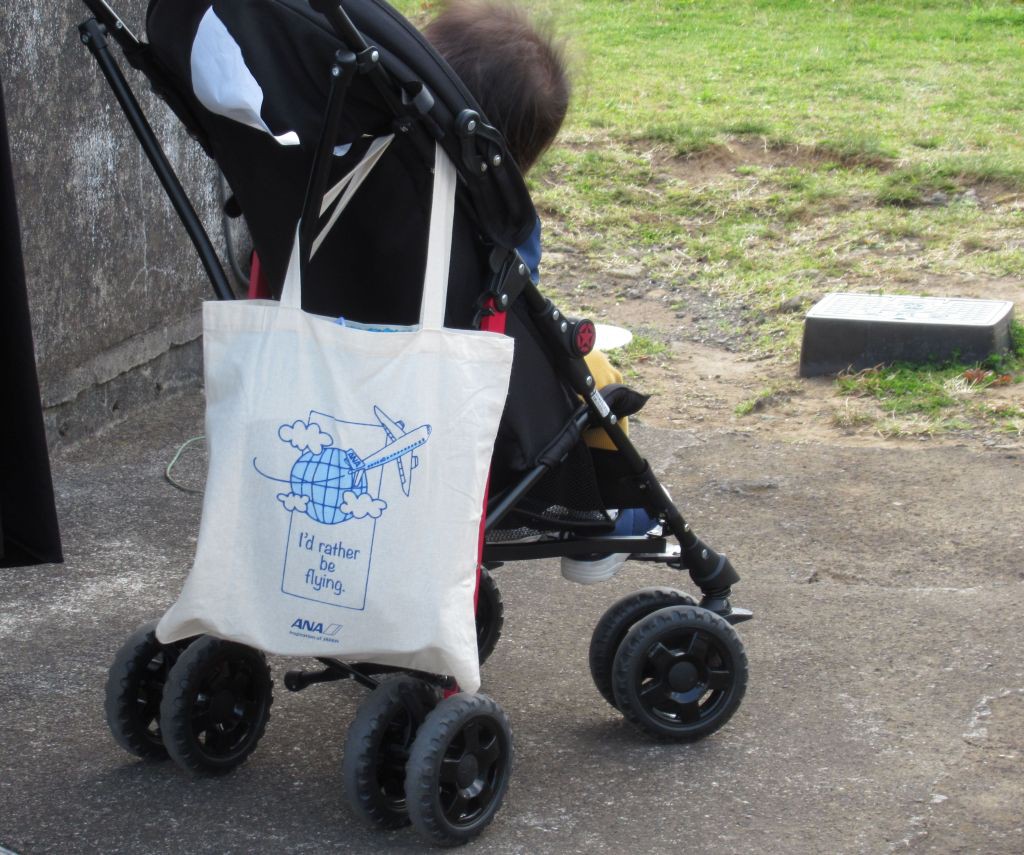
An island which is so seldom visited is well worth a tourist bonus, and I split this topic of less than 9 square kilometers between the two reports of the round trip..



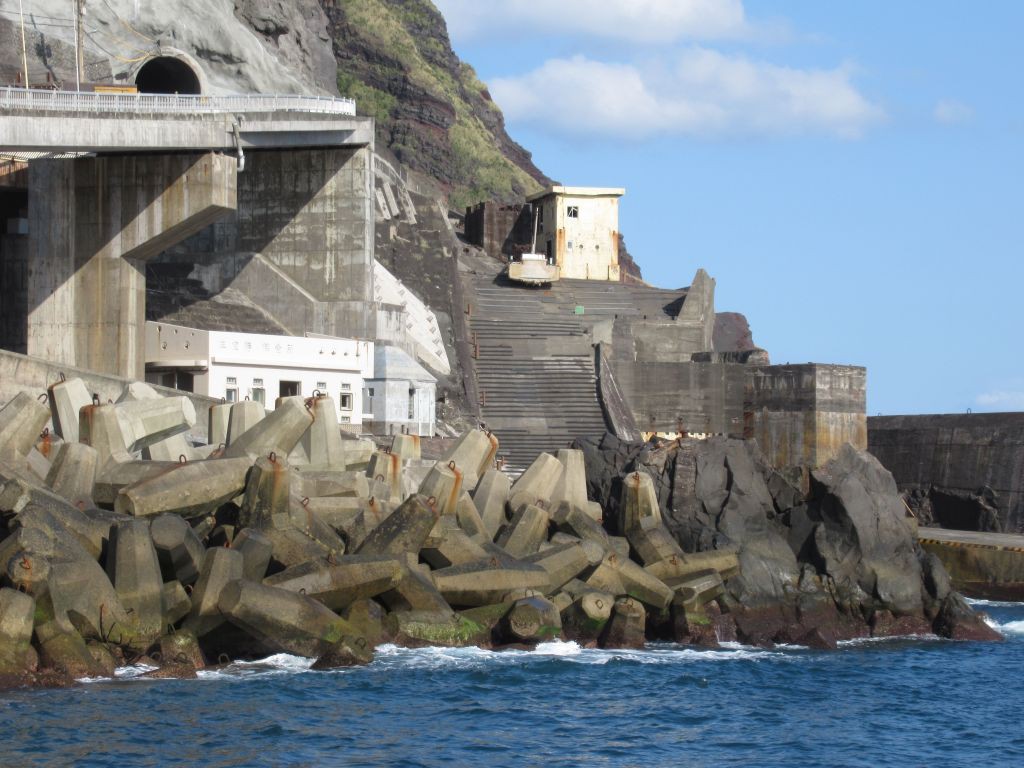
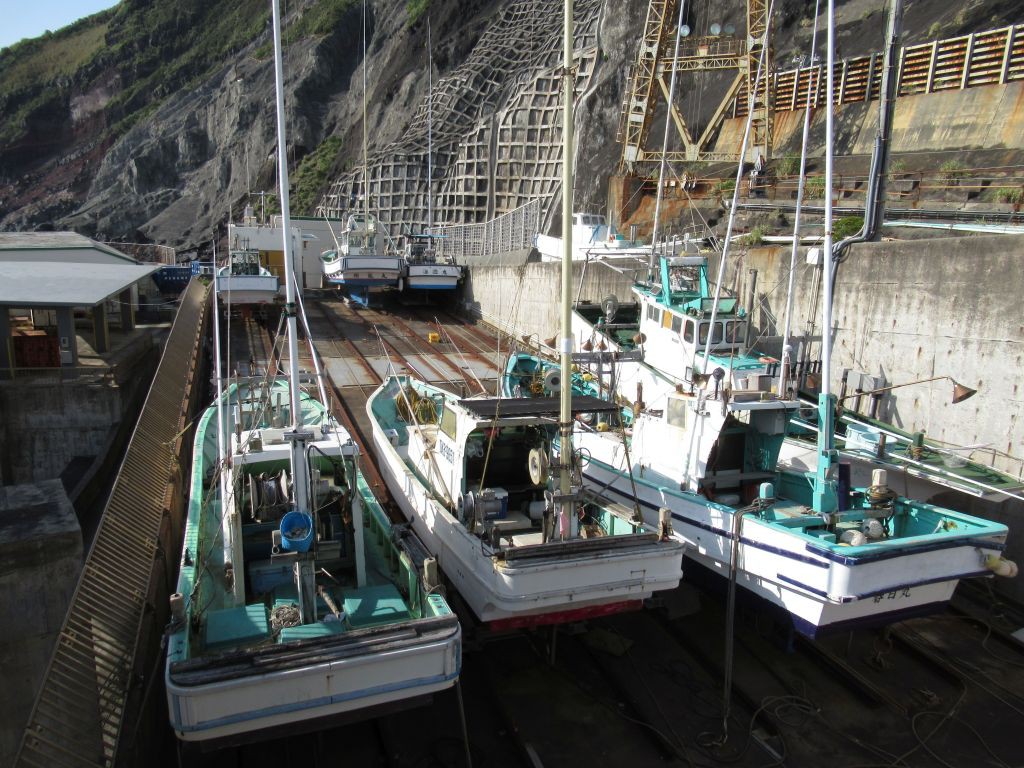
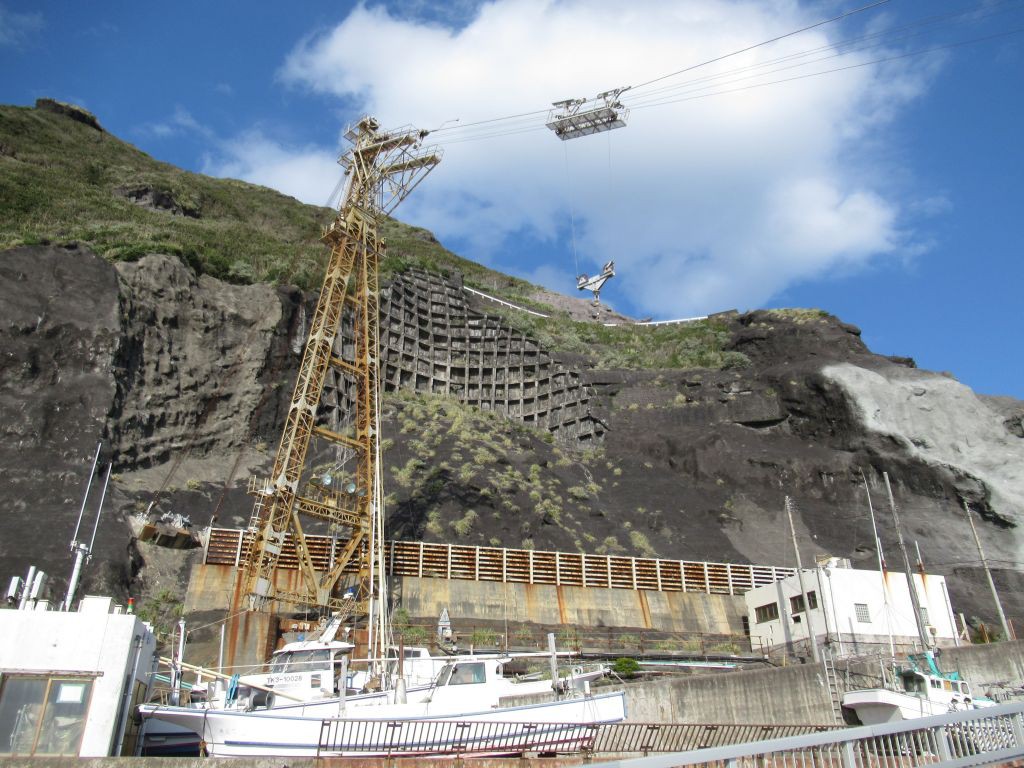

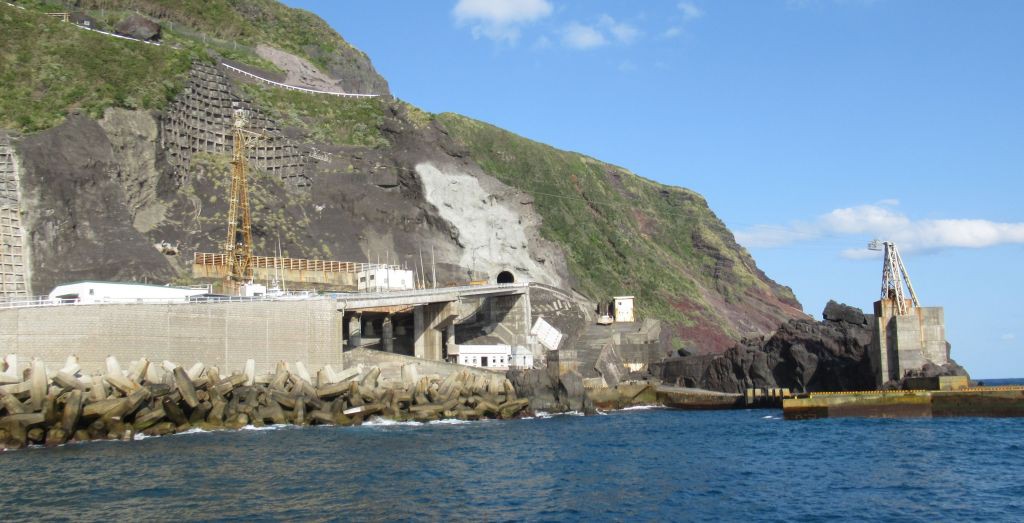
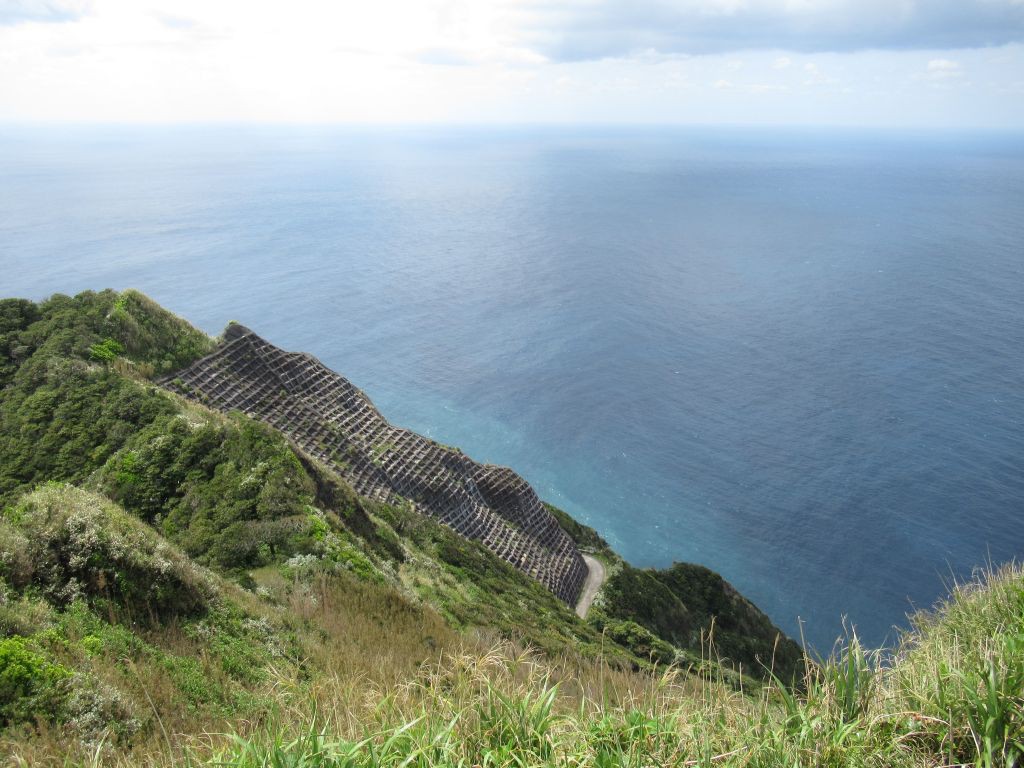
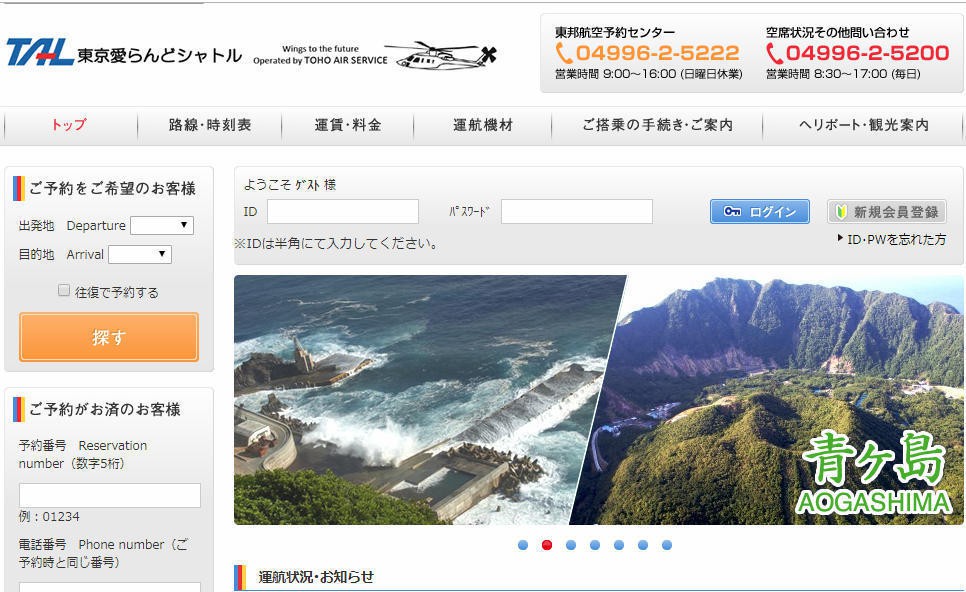
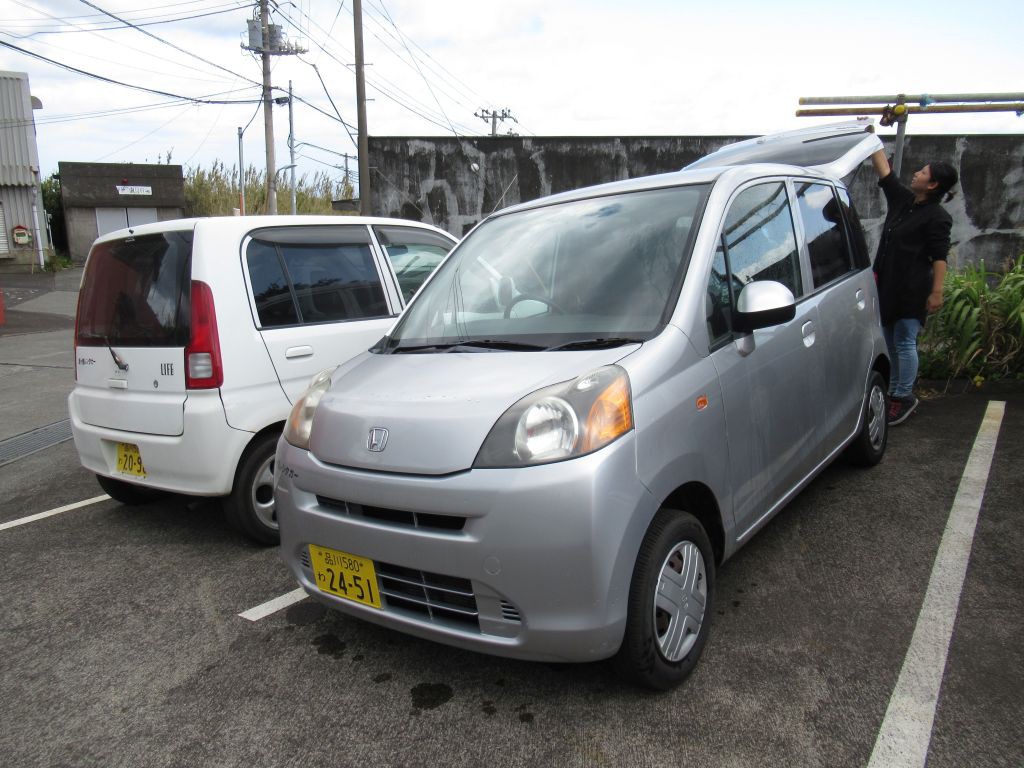


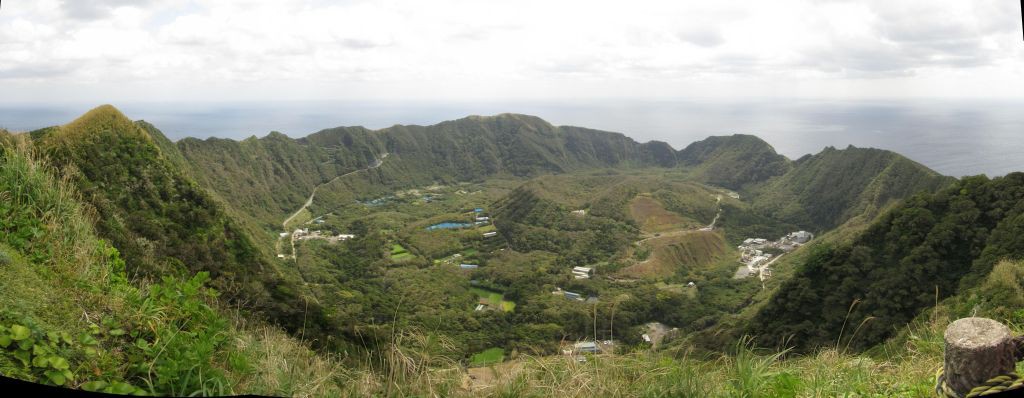
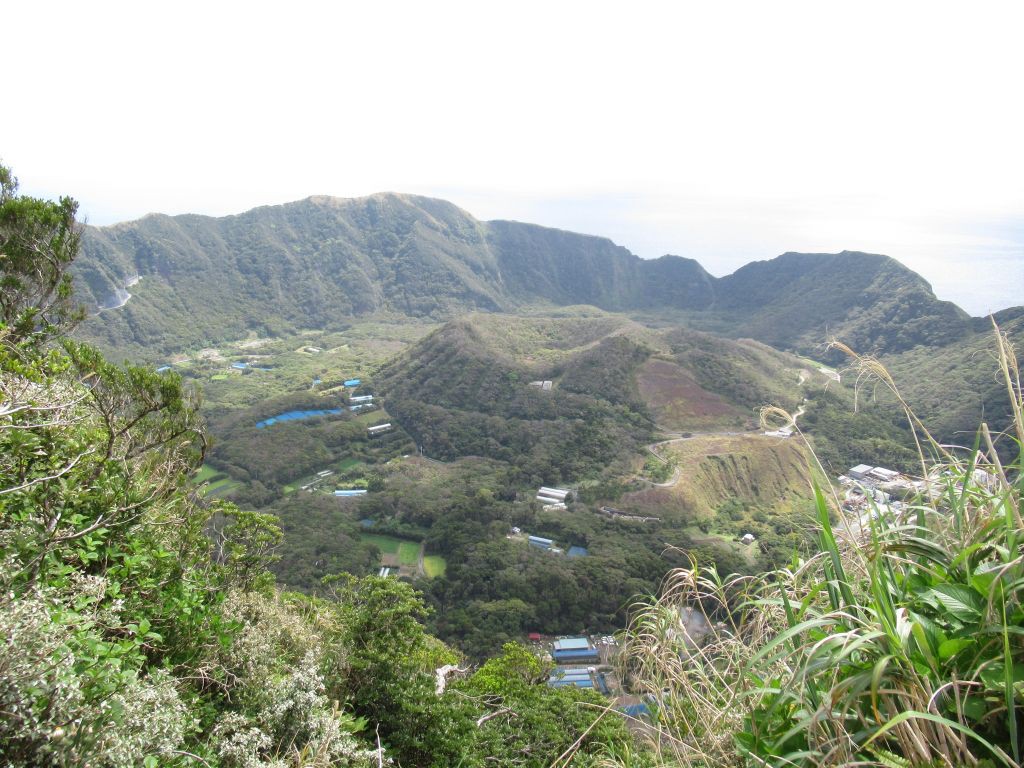
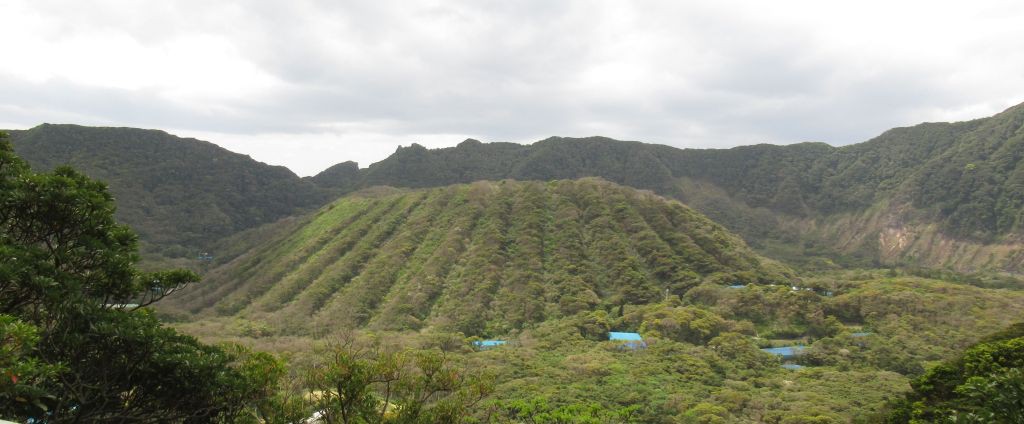
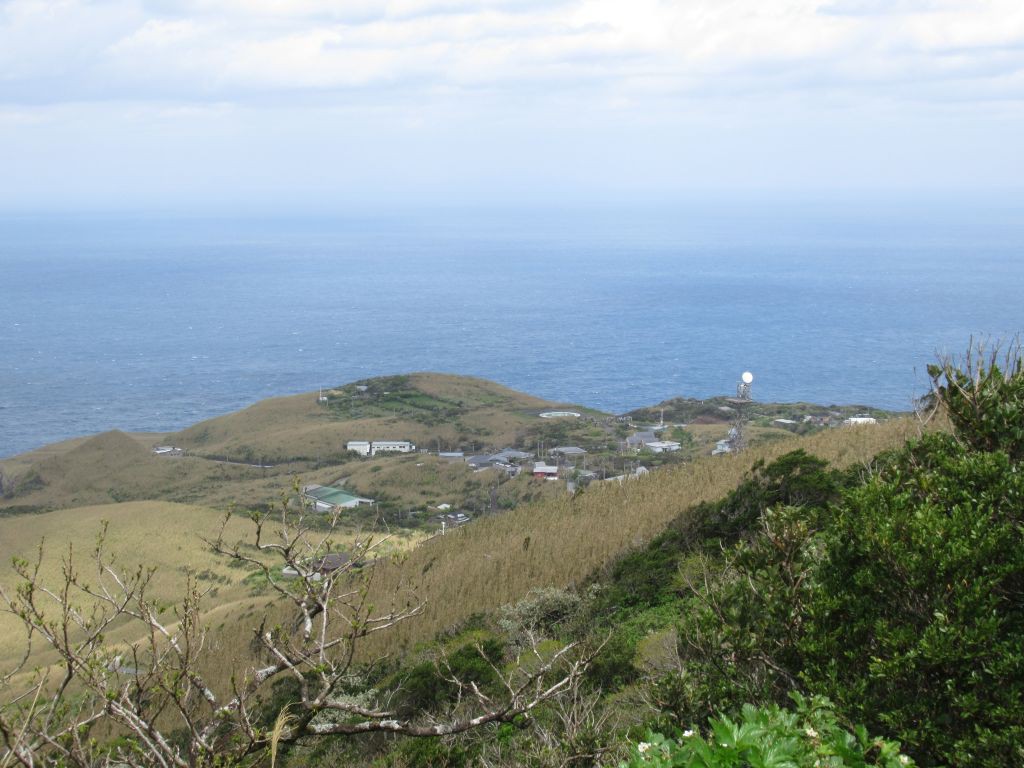
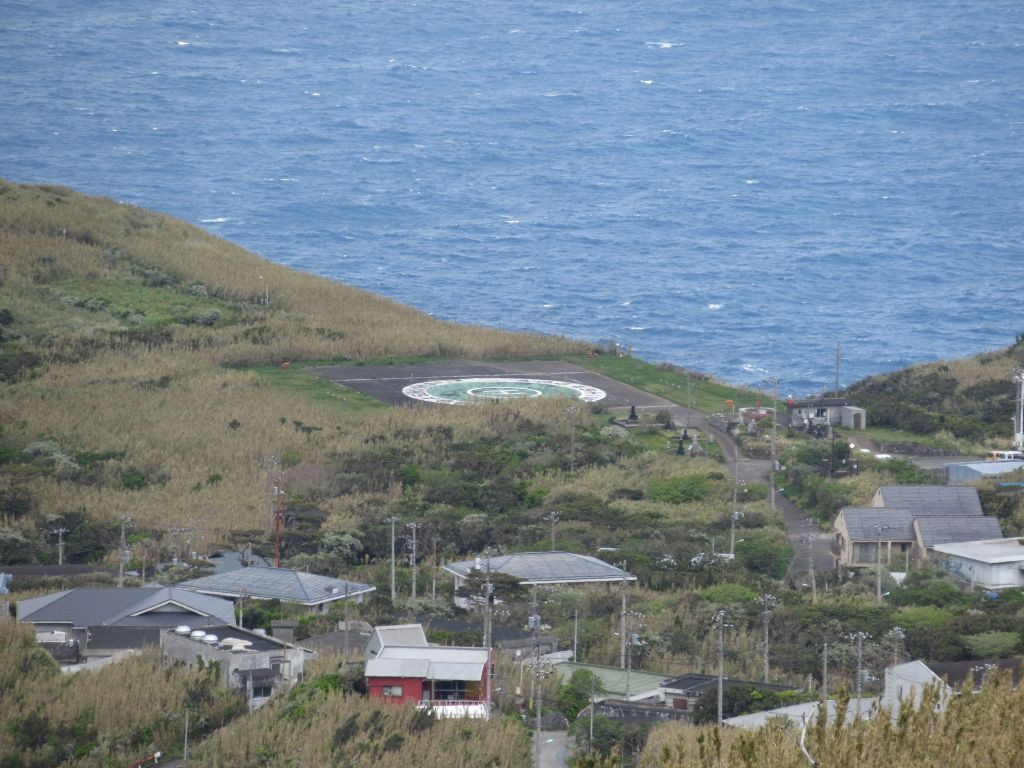
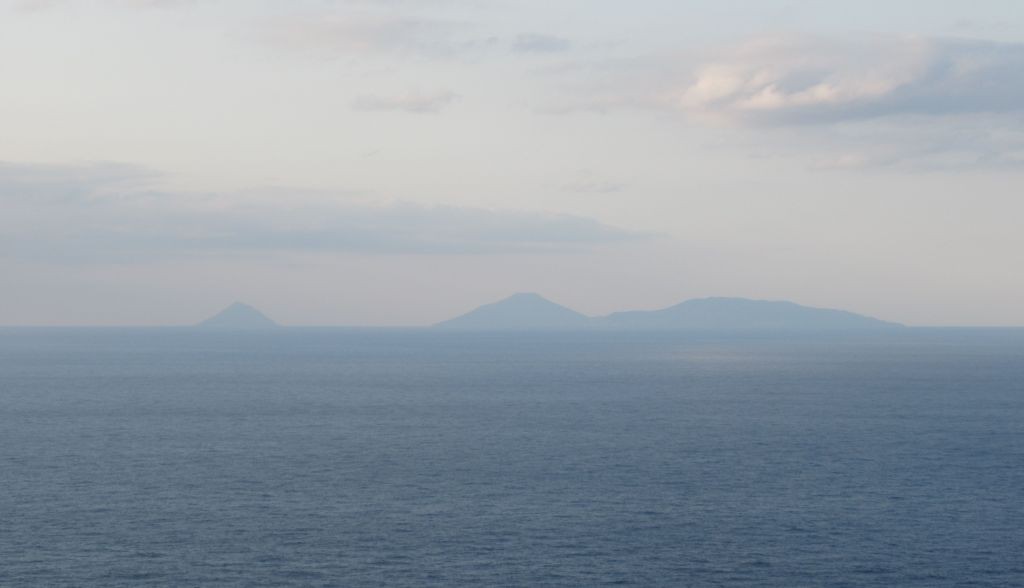

Thanks for this flight report Marathon!
It was definitely a unique review and I enjoyed all the fun factoids. Hope I get the chance to make a similar trip some day.
It took me many many years to be in a situation where a helicopter ride was the reasonable and reasonably affordable option. Be as patient as I have been !
Thanks for your comment :)
こんにちは Marathon-san ! I think you win the prize for the most unique report of 2019 so far!
Thanks very much for pointing that out to our readers as this is an important point! Indeed, it is a scheduled commercial flight and as such, meets the requirements for a standalone flight-report, whereas scenic helicopter flights do not and are best included in a bonus section.
Haha yes, and also flashing that pretty Flight-Report Gold member tag ?
Interesting, I didn't know there was more than one mount Fuji...unless it was meant in a humourous way and it was over my head ?
For a scheduled flight, it was the best of both world as it was also very scenic, and a helicopter's big windows allow for a better view.
Thanks for sharing!
"So far" is the key expression here : we are so far less than halfway in a stiff yearly competition in this category :)
Neither did I until my Japanese friend sent me a selfie in front of his local Mt Fuji. It appears on Google Maps in Japanese only (八丈富士), which does not help it becoming worldwide famous, but I did my bit towards that ;)
This was a quintessential "Flight-Report only" picture: the recognition of this tag is nil in Japan ;)
TAL cheats a little on its website by displaying an aerial picture of Aogashima that you don't get during the flight because the approach is too low for that, but it only takes a short hike to the top of the island to get what you paid for.
Thanks for your comment !